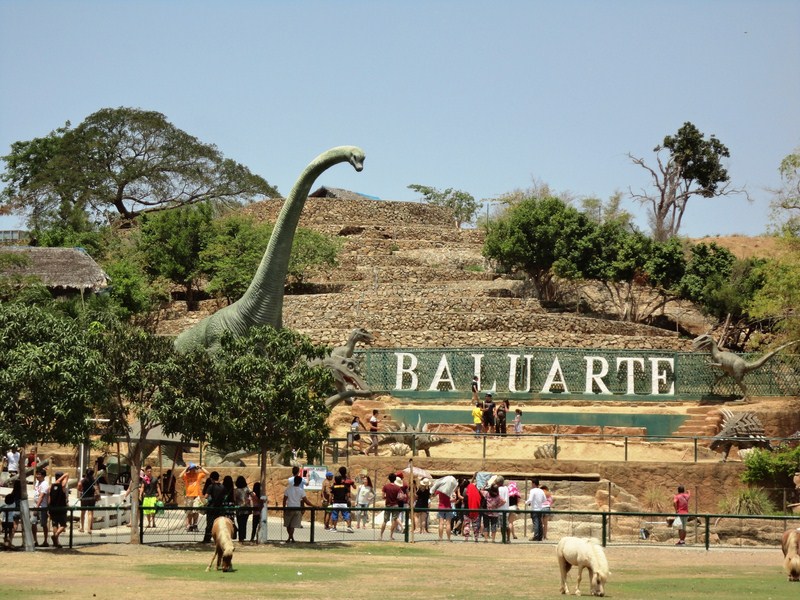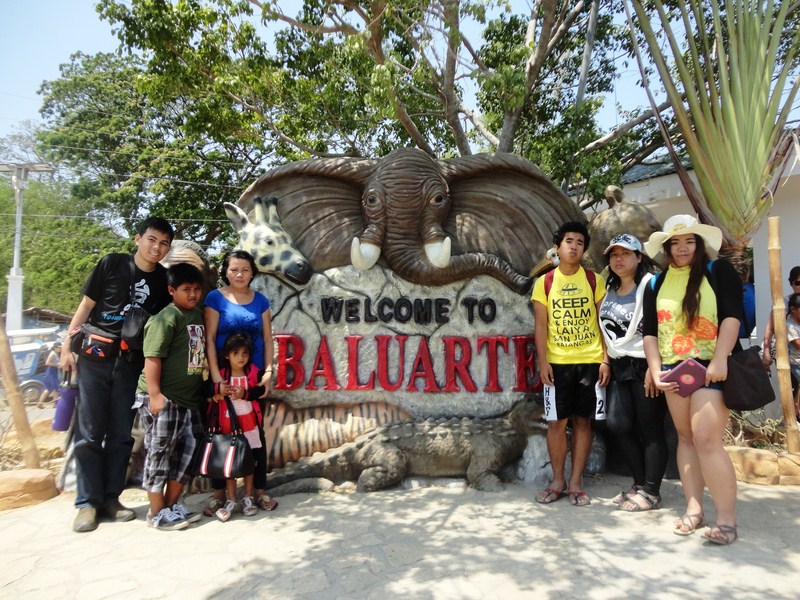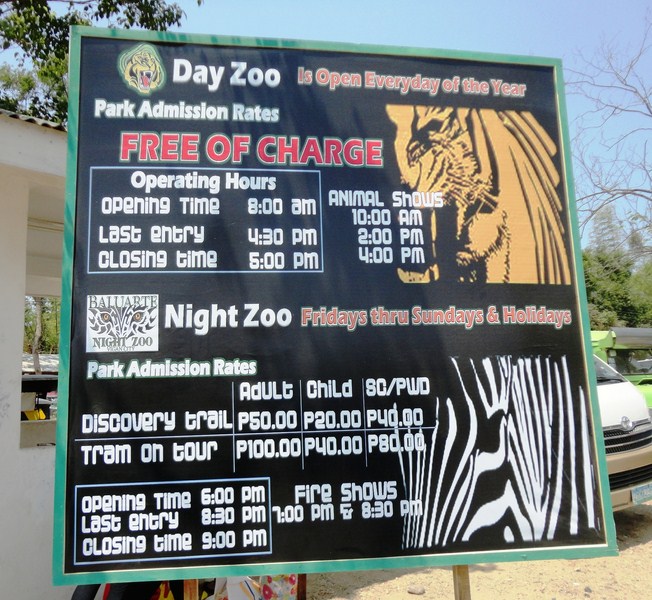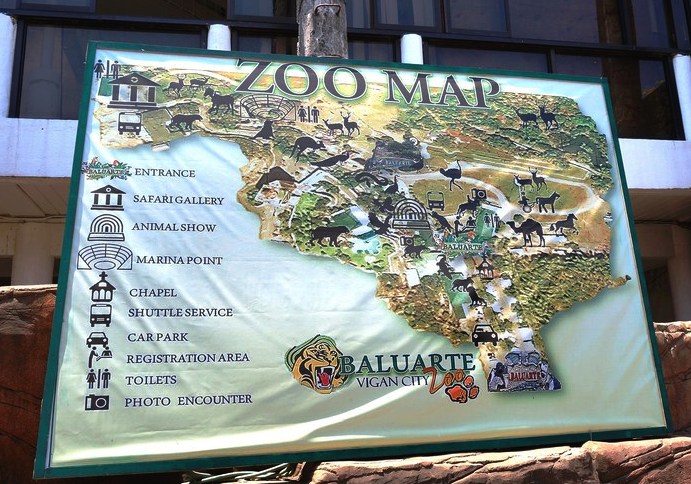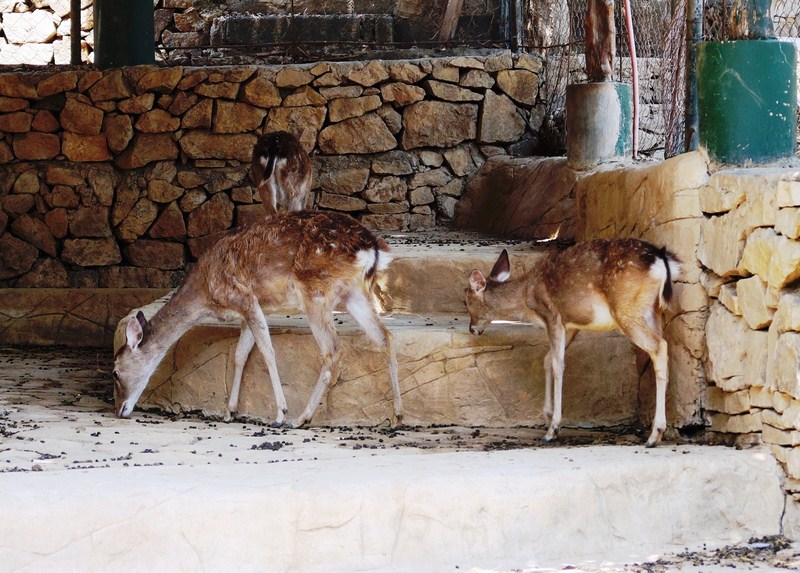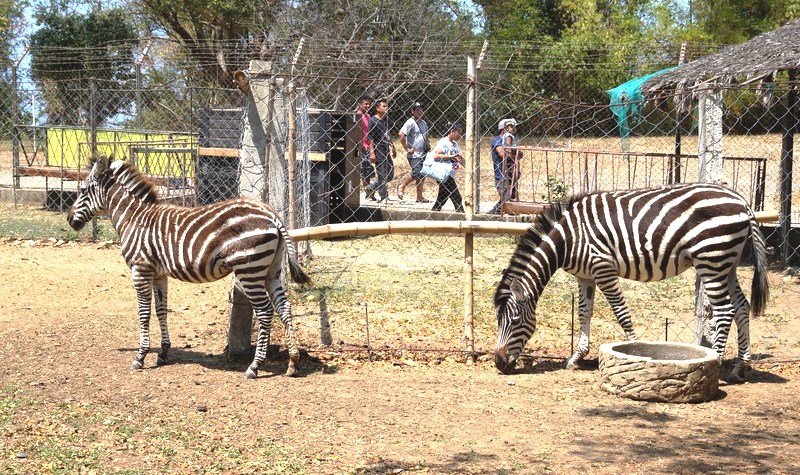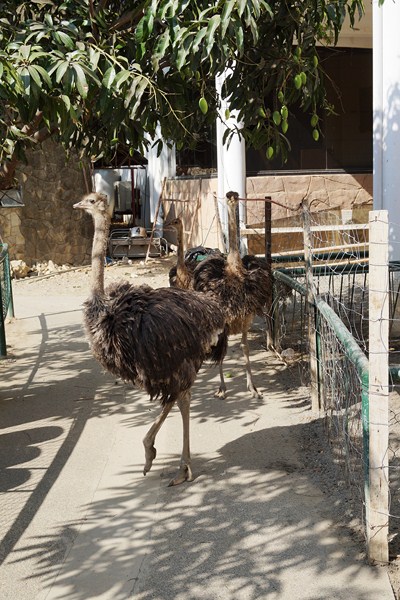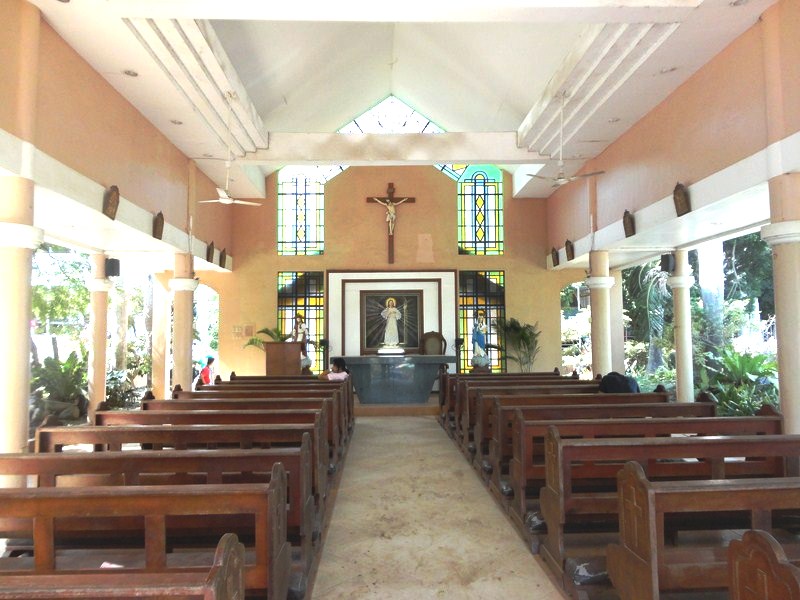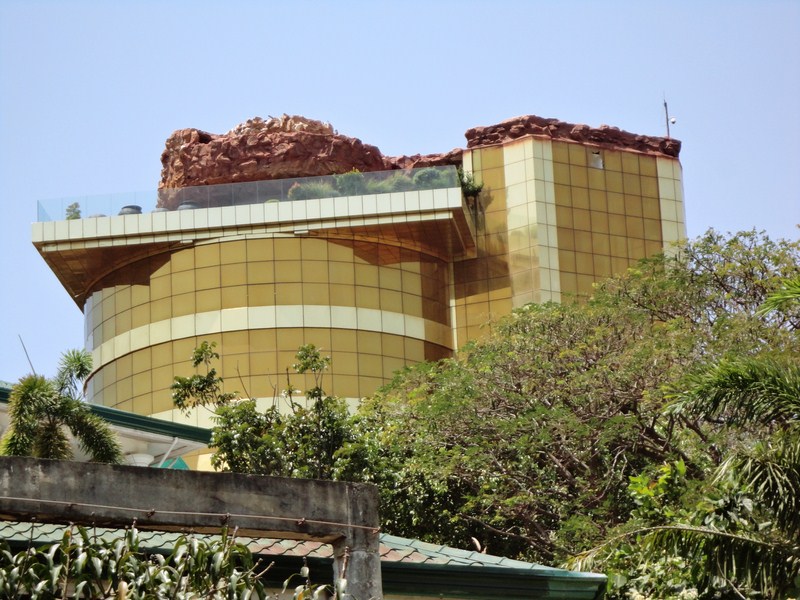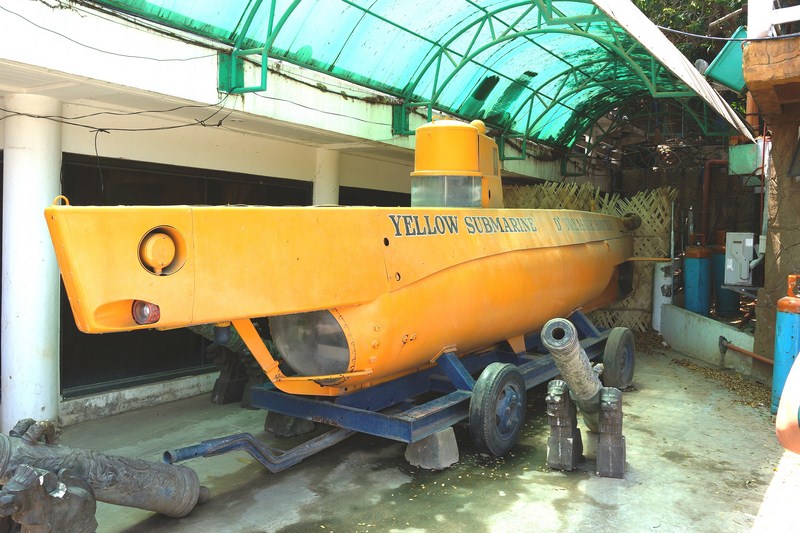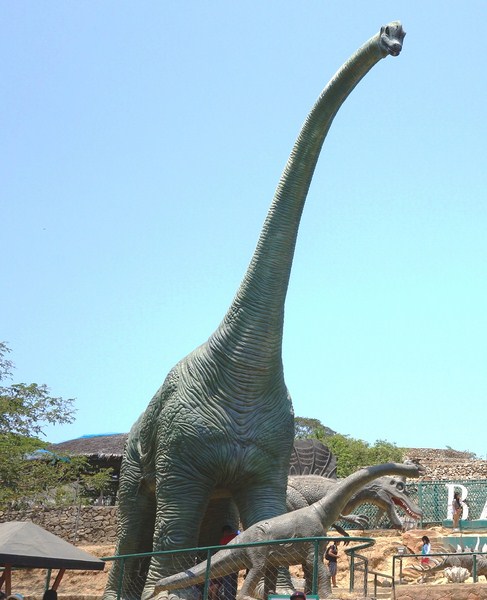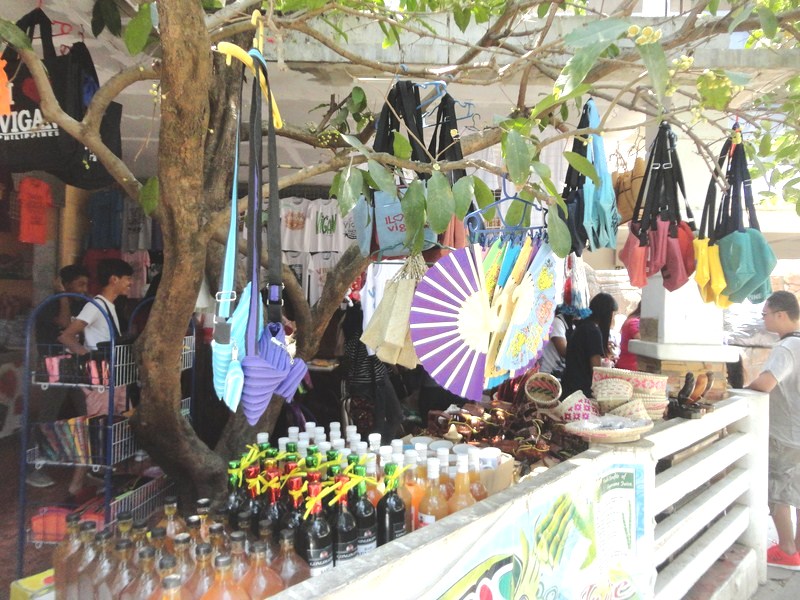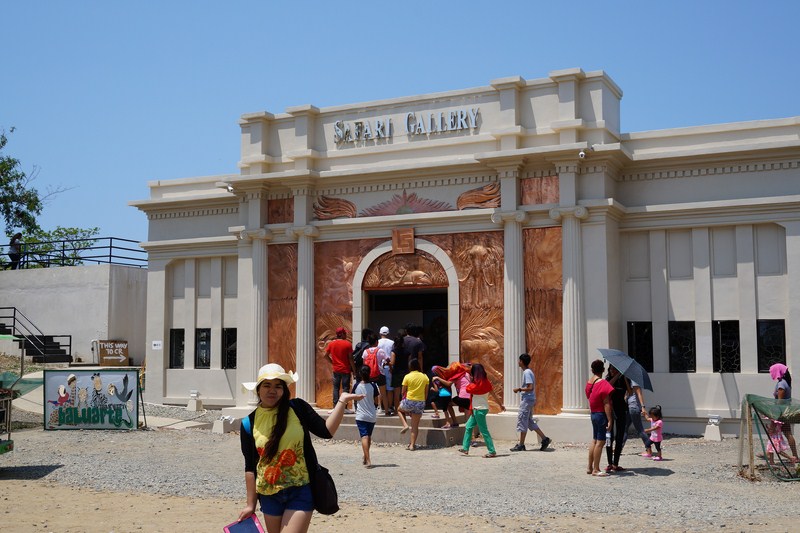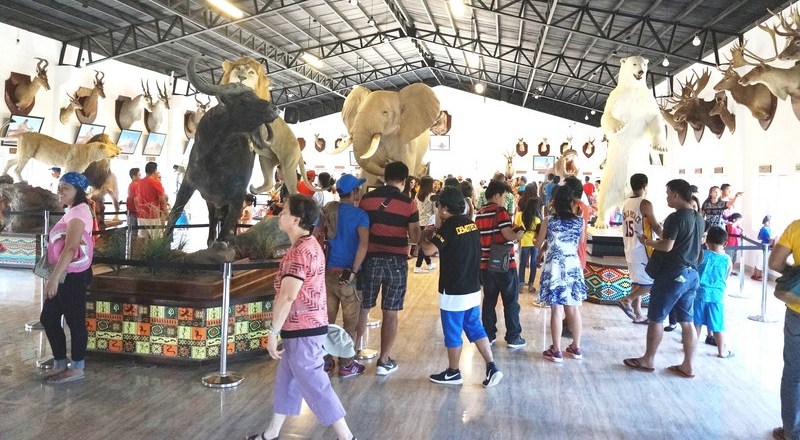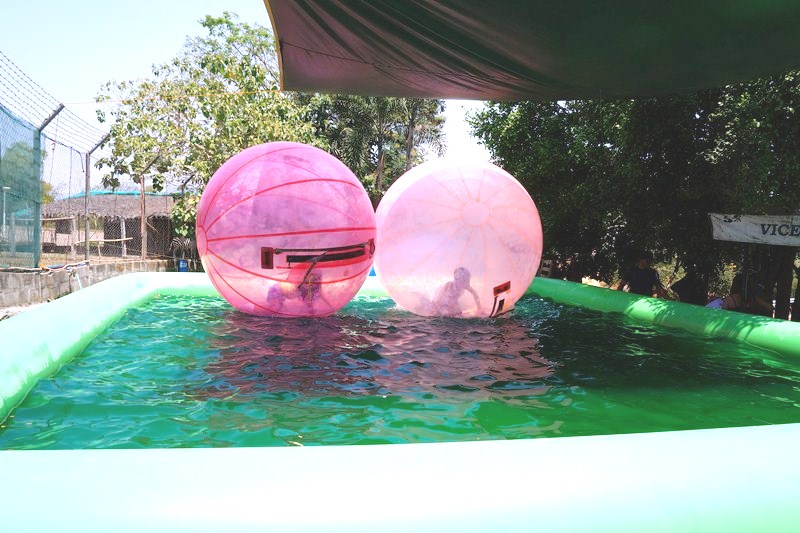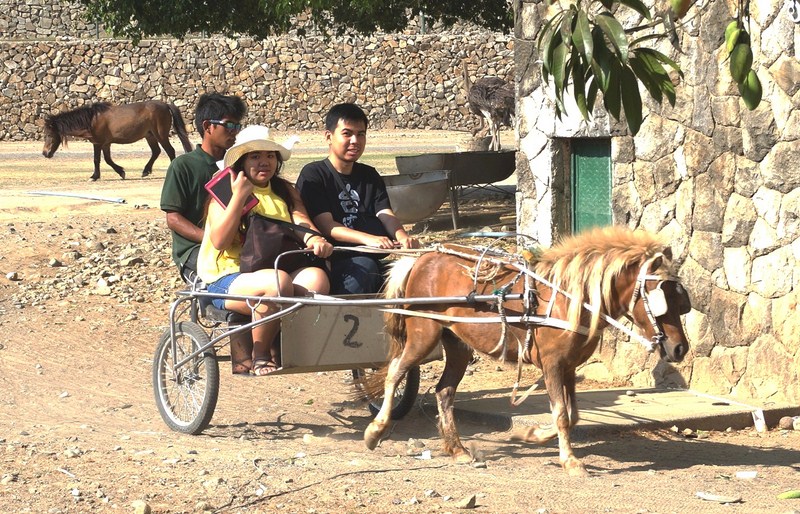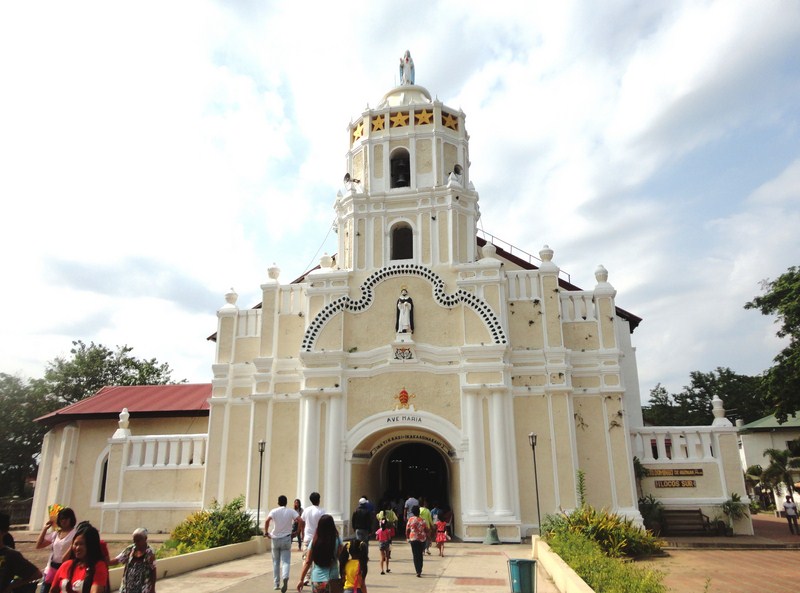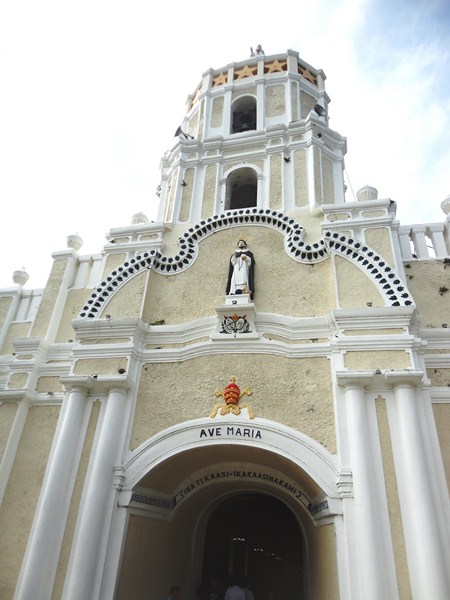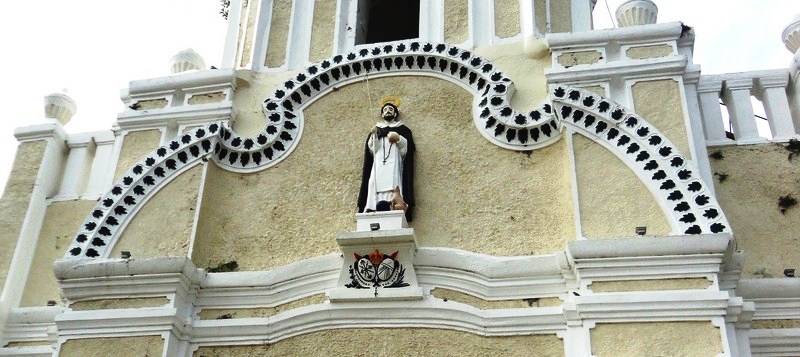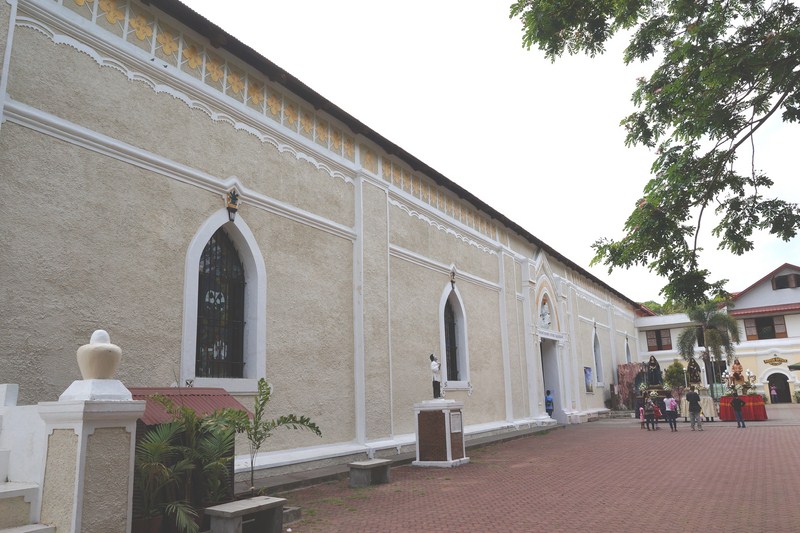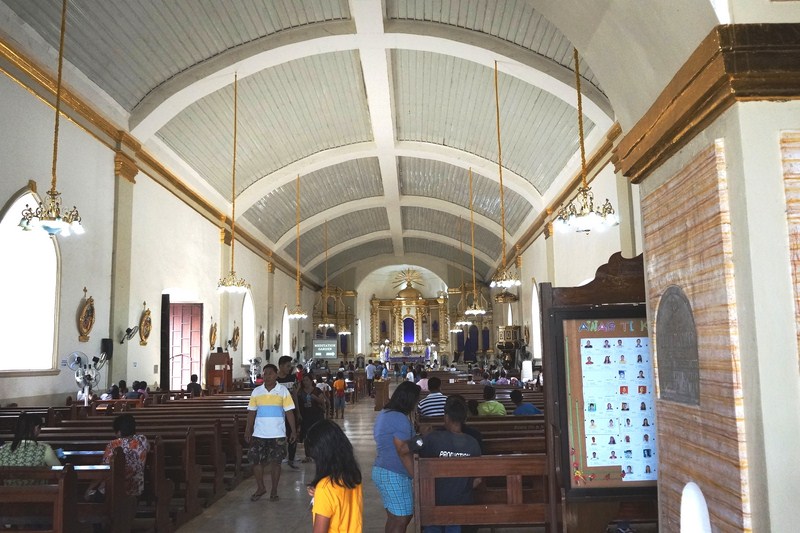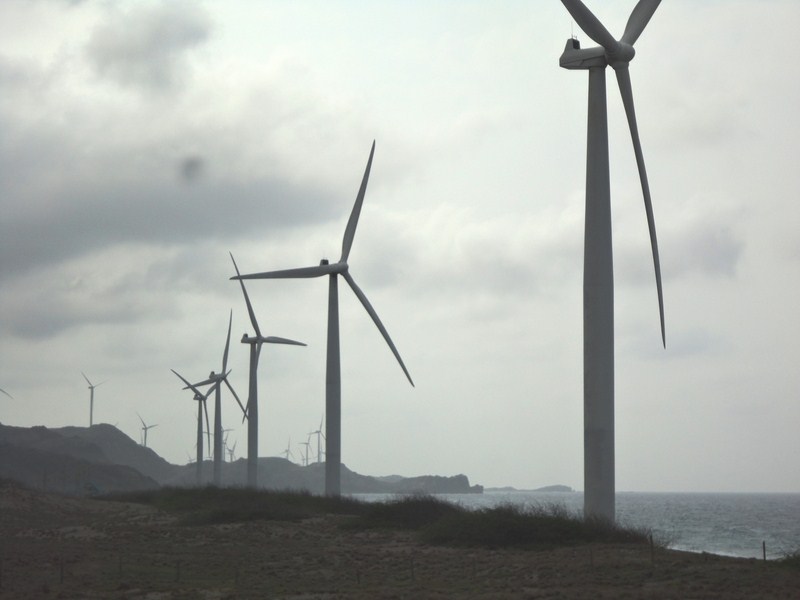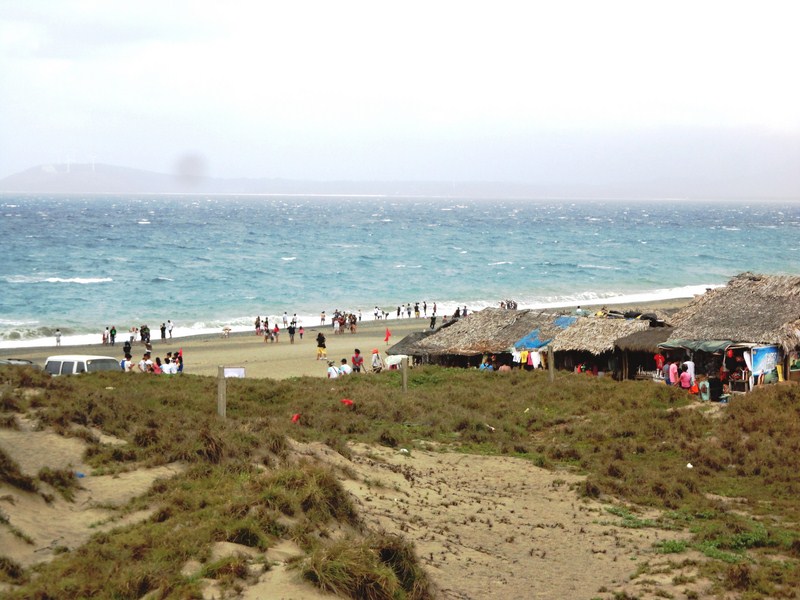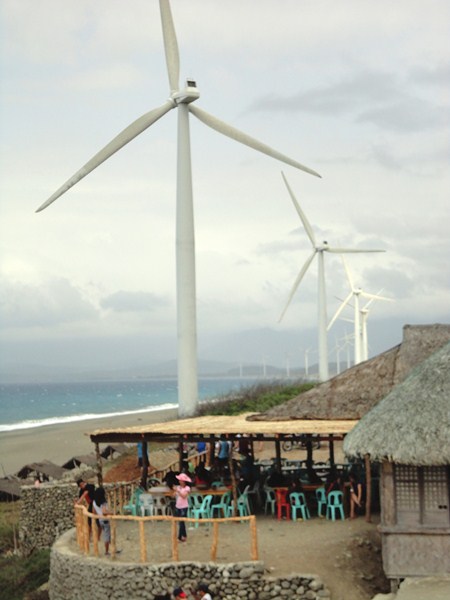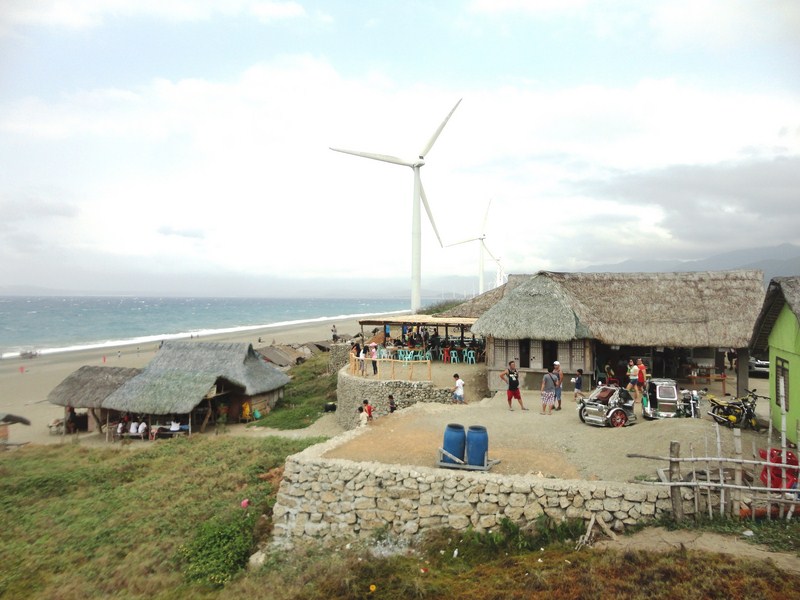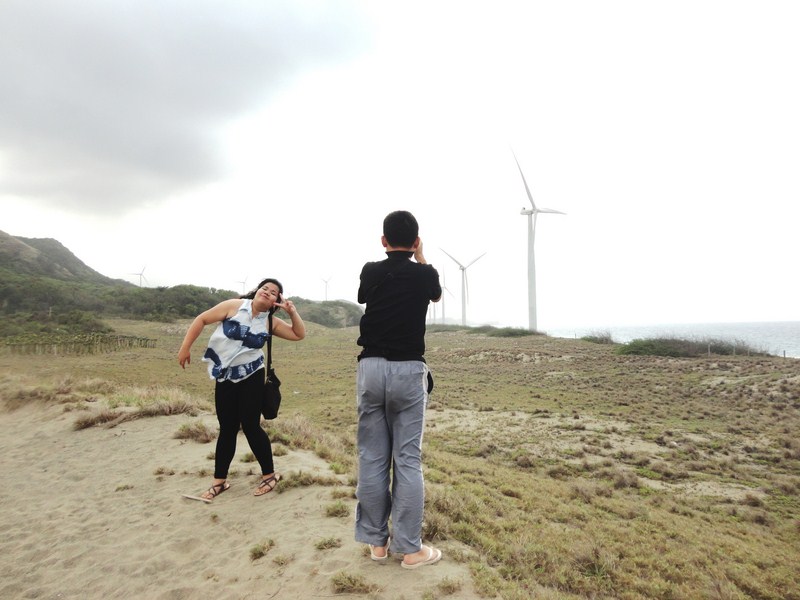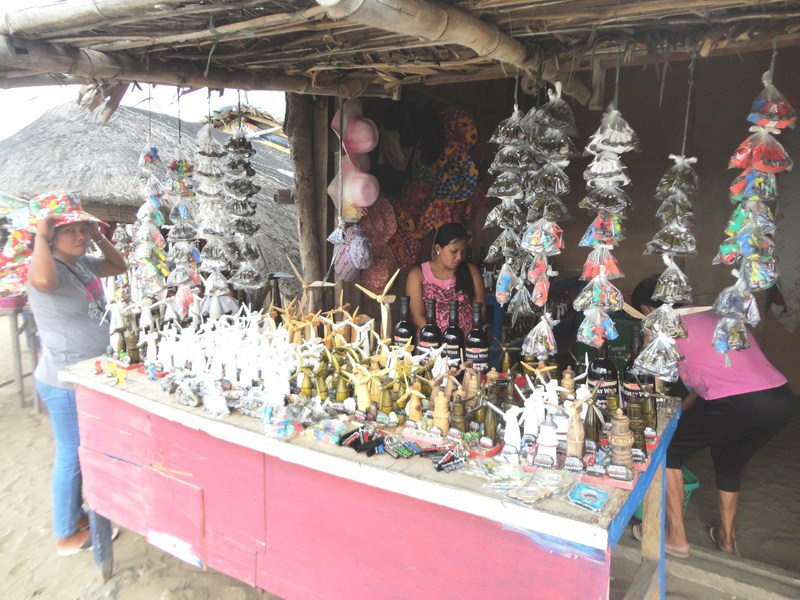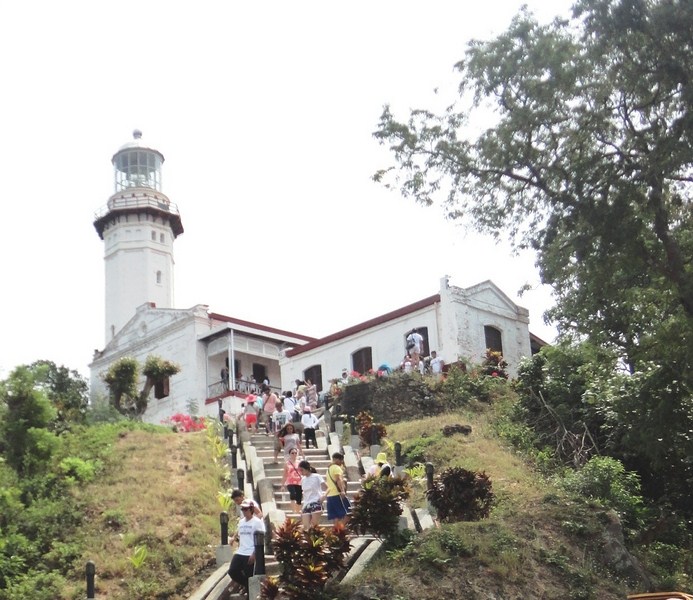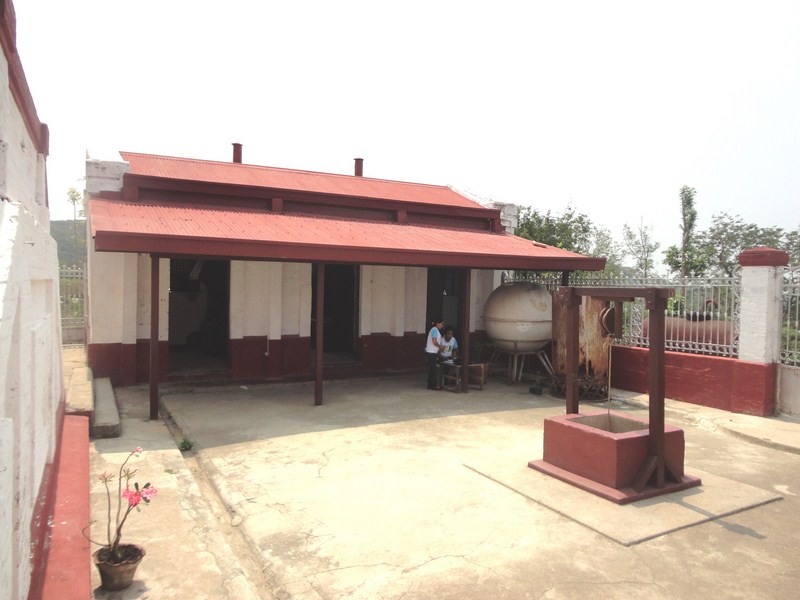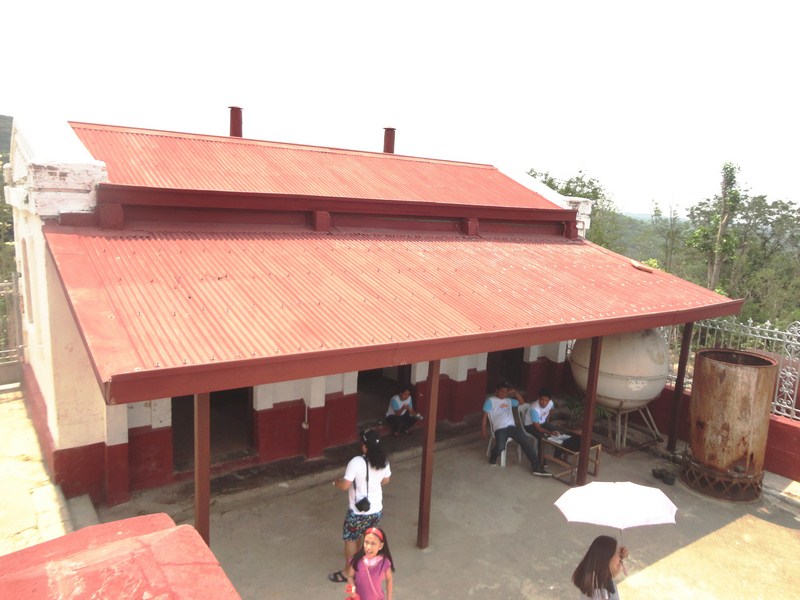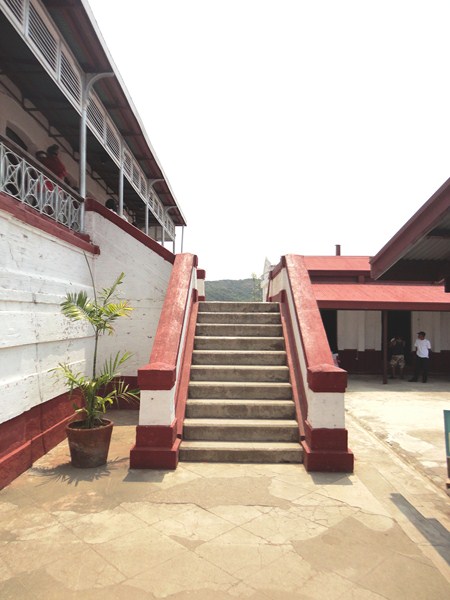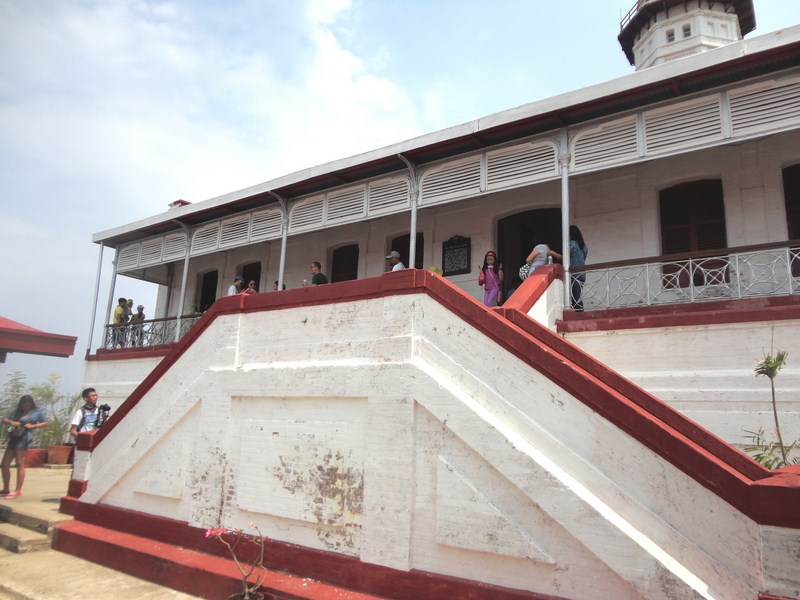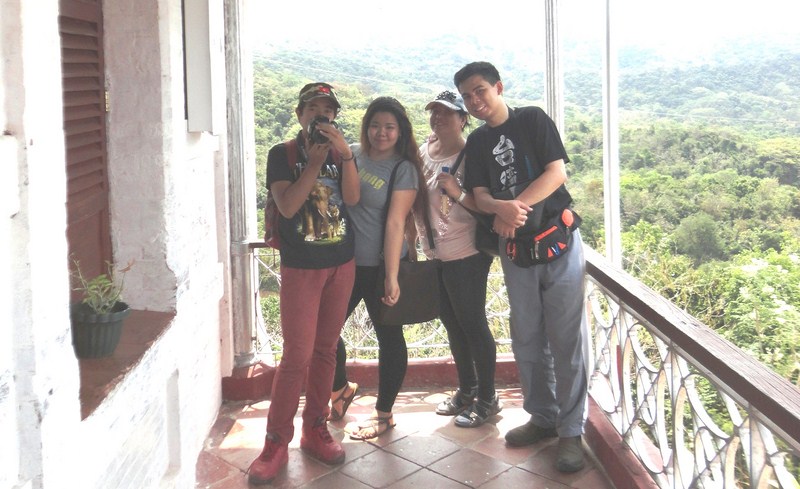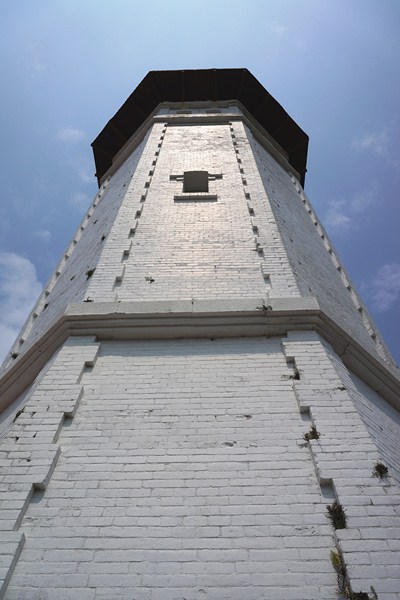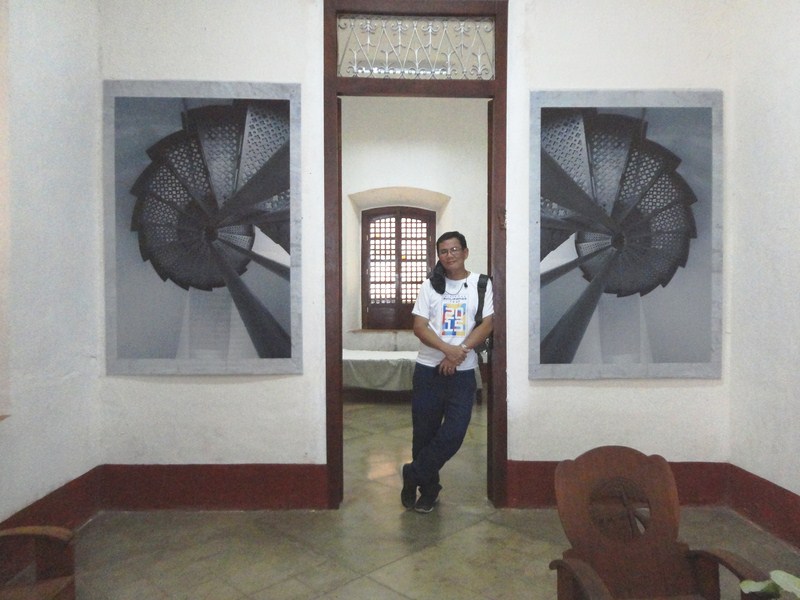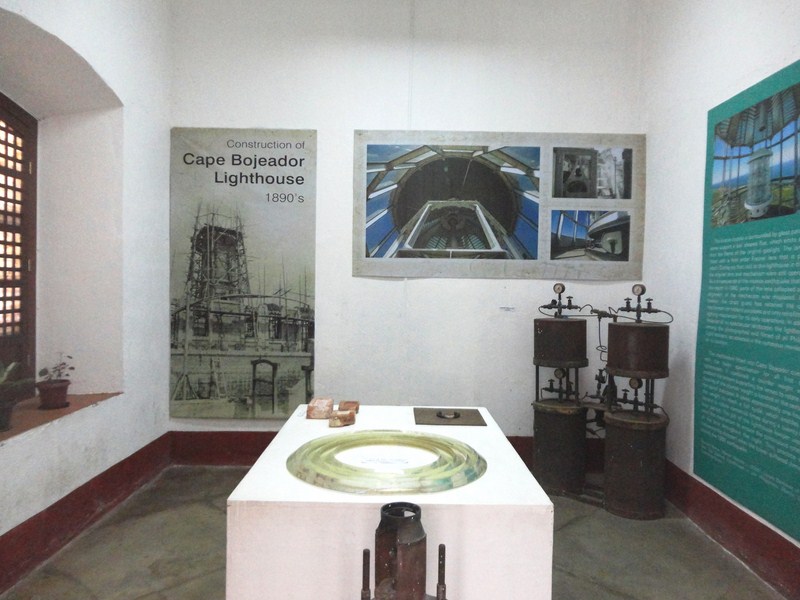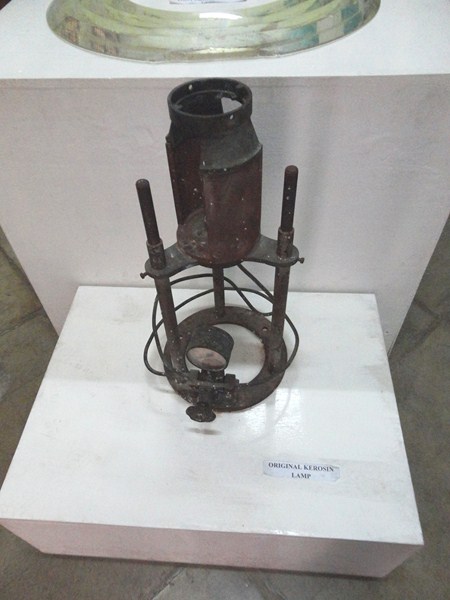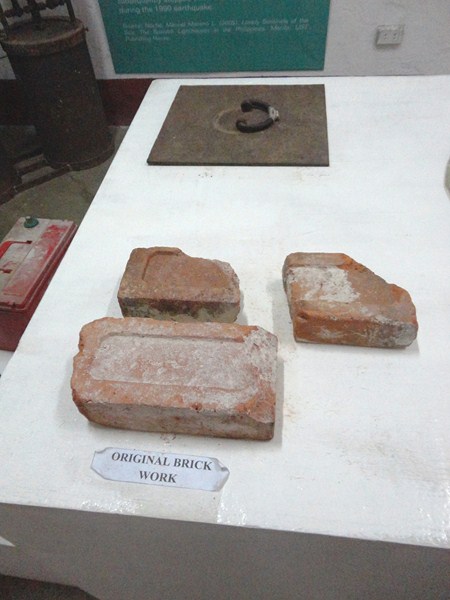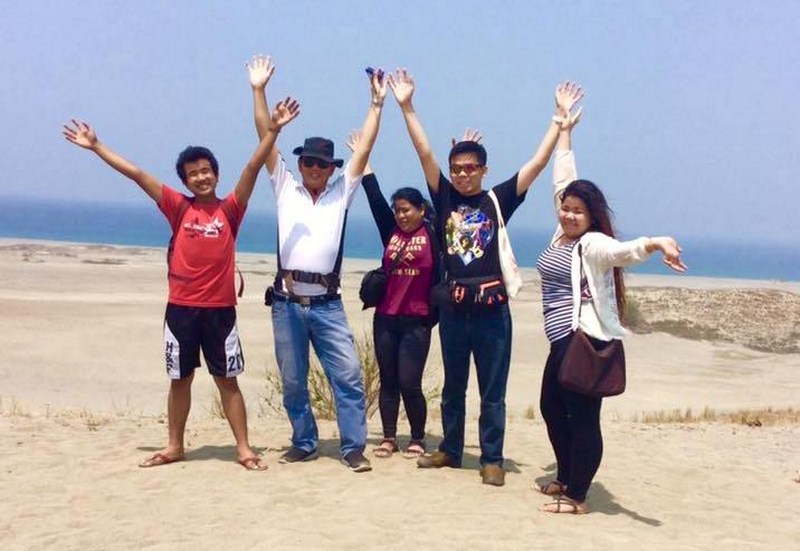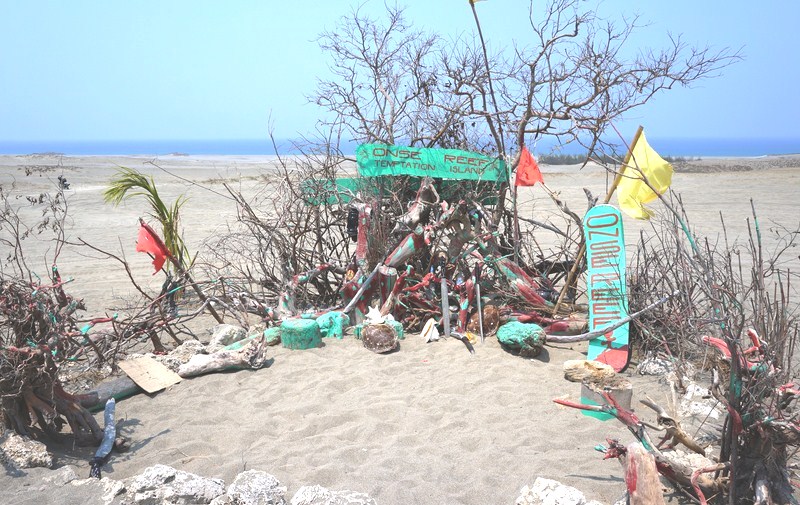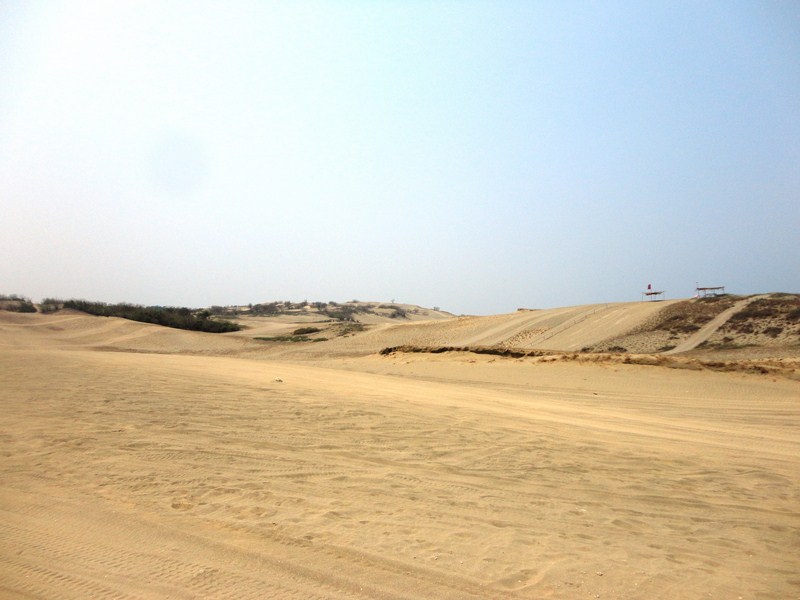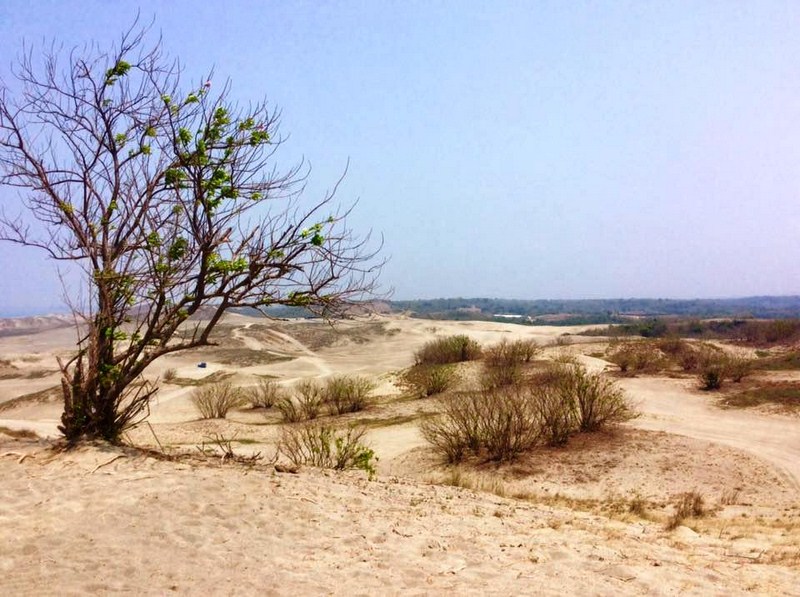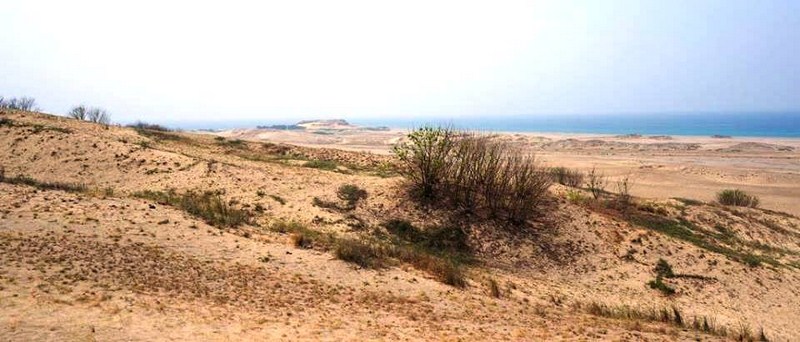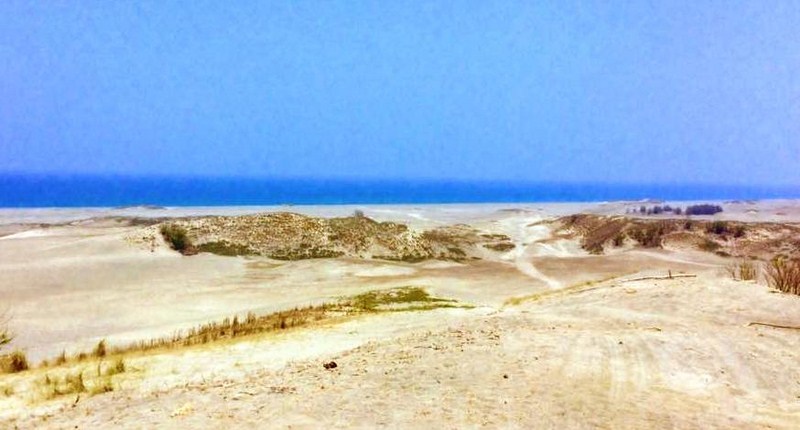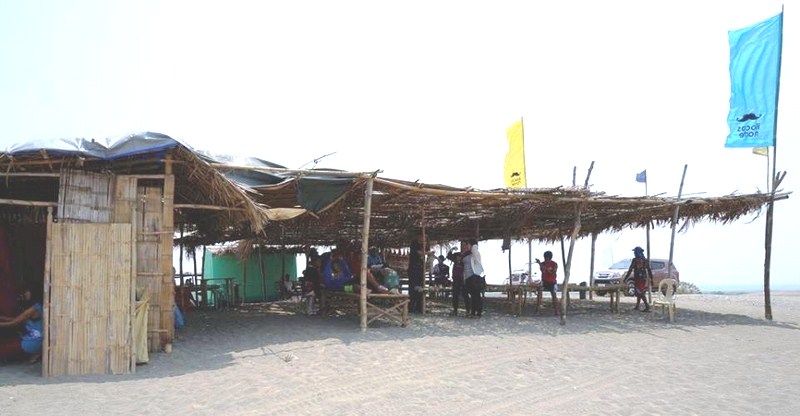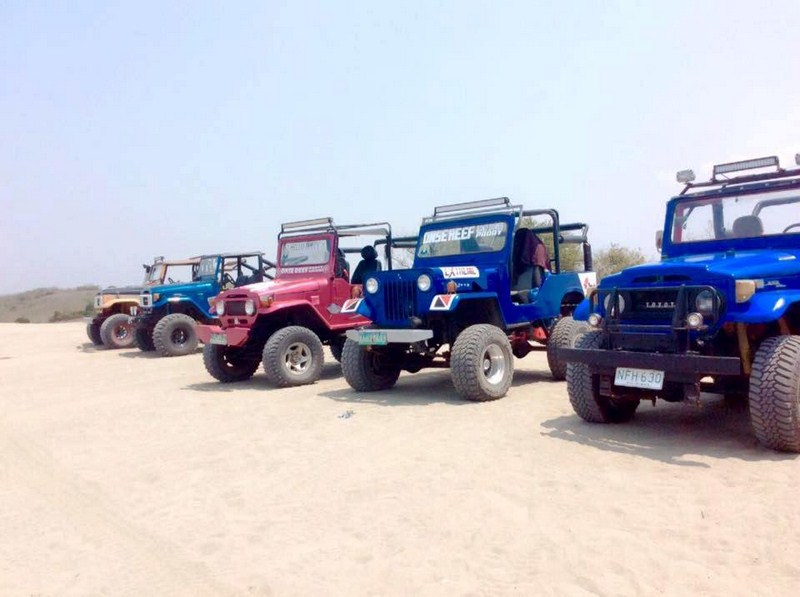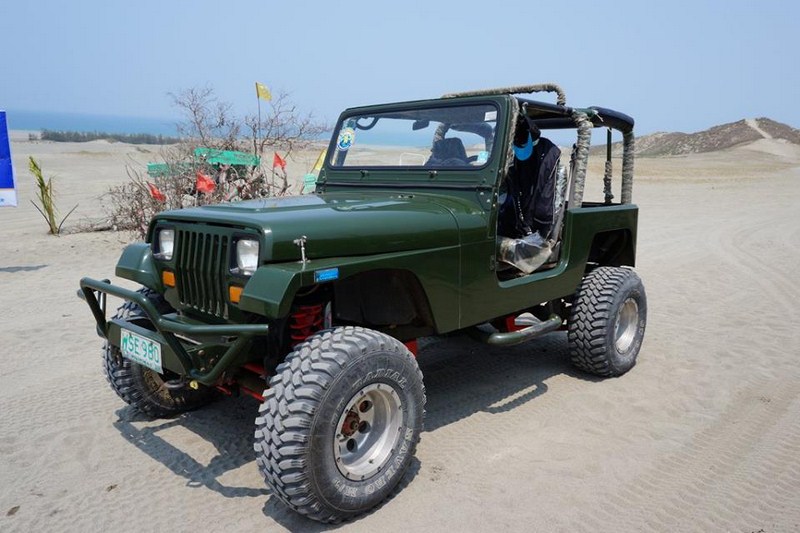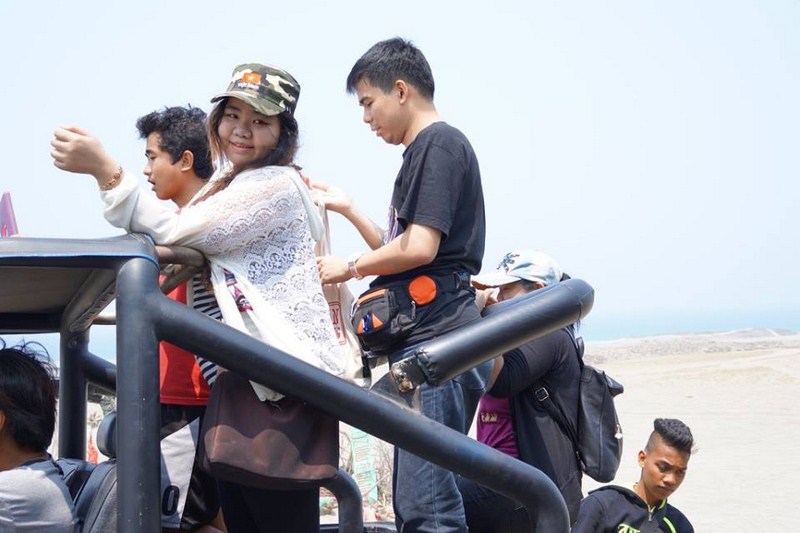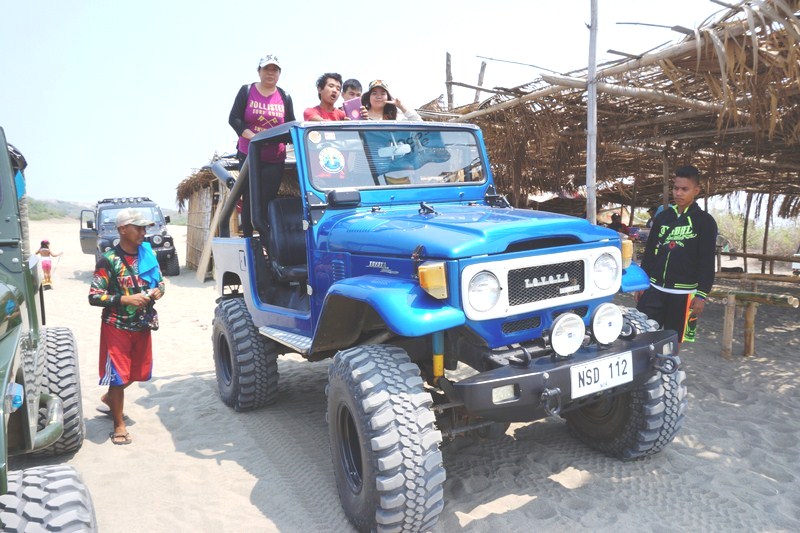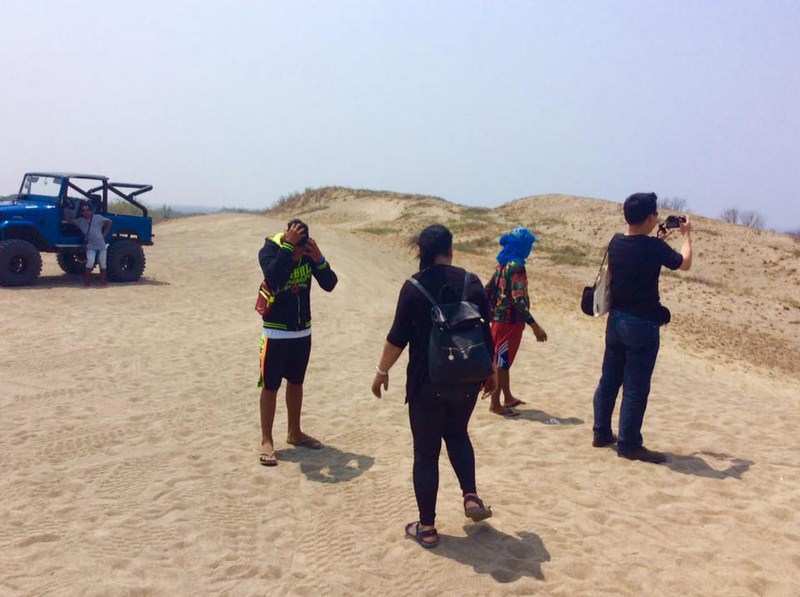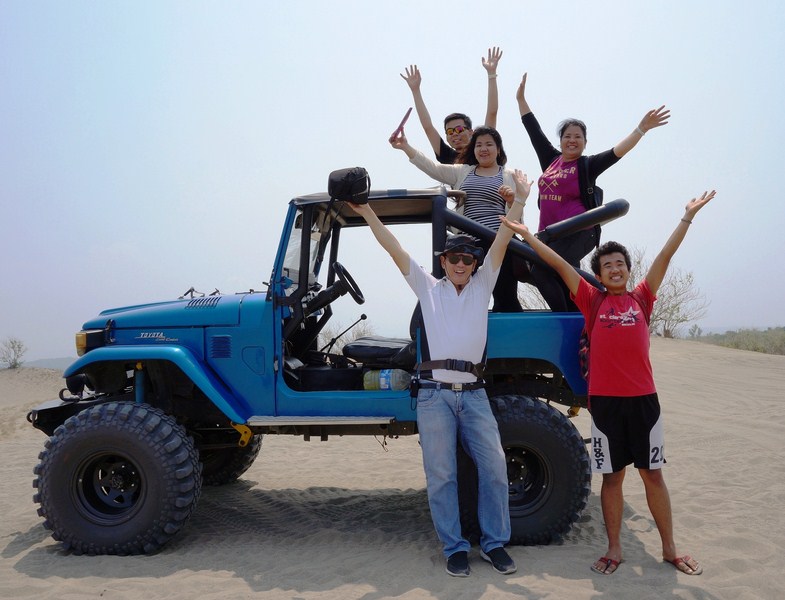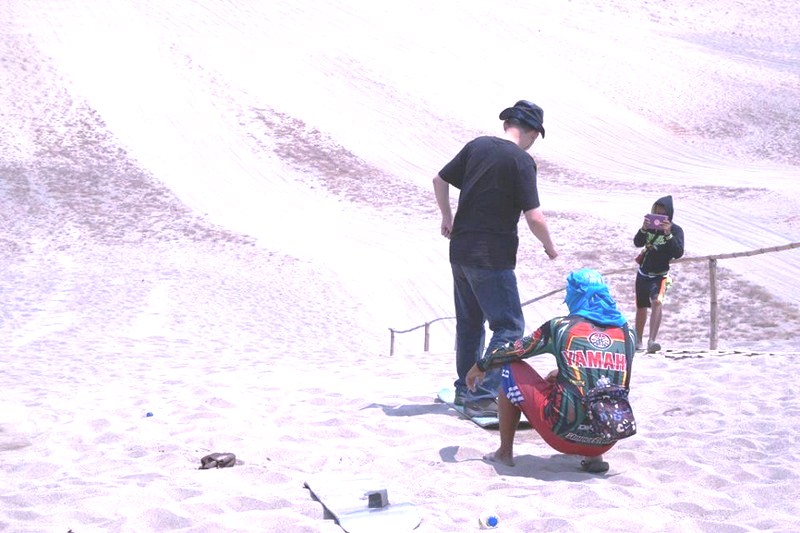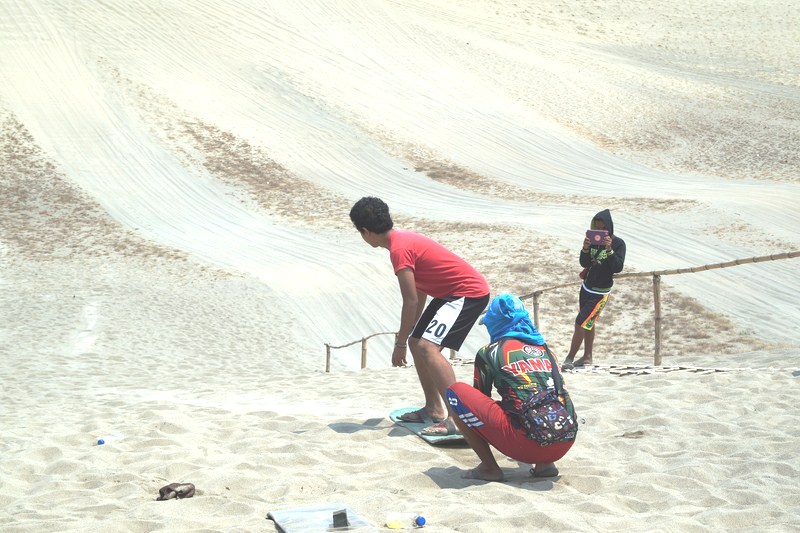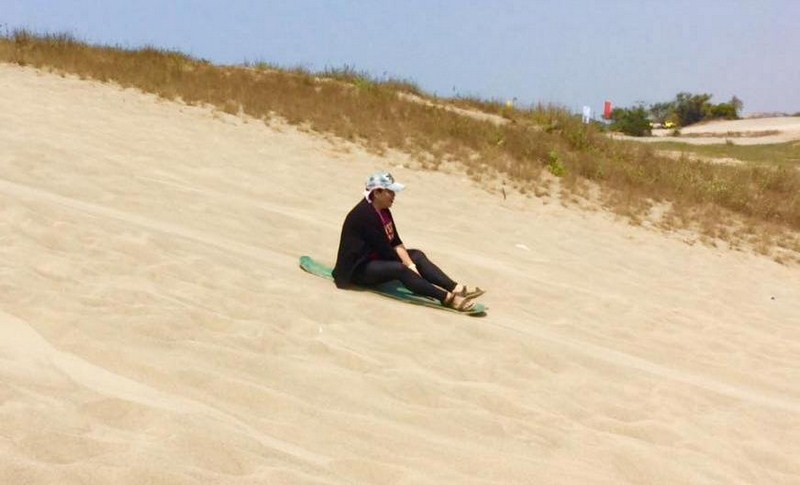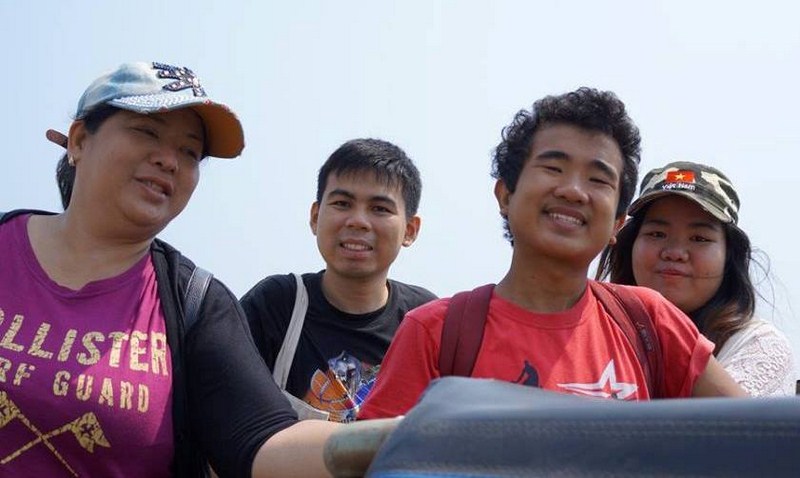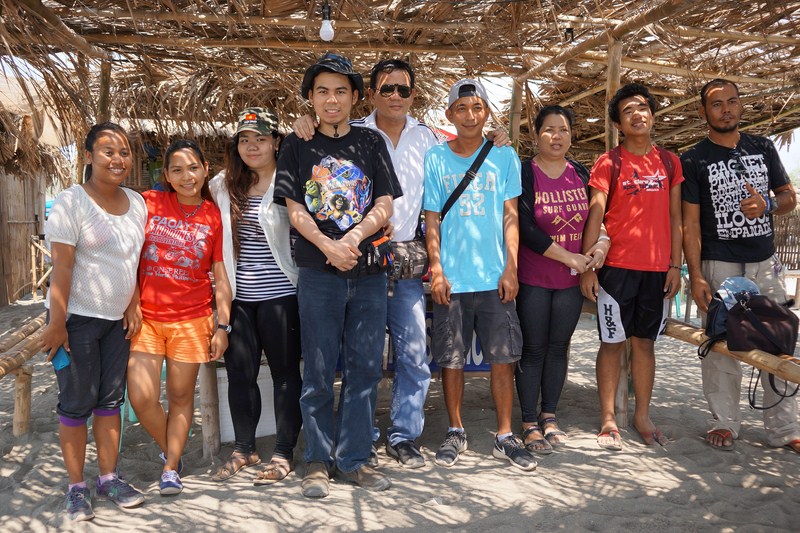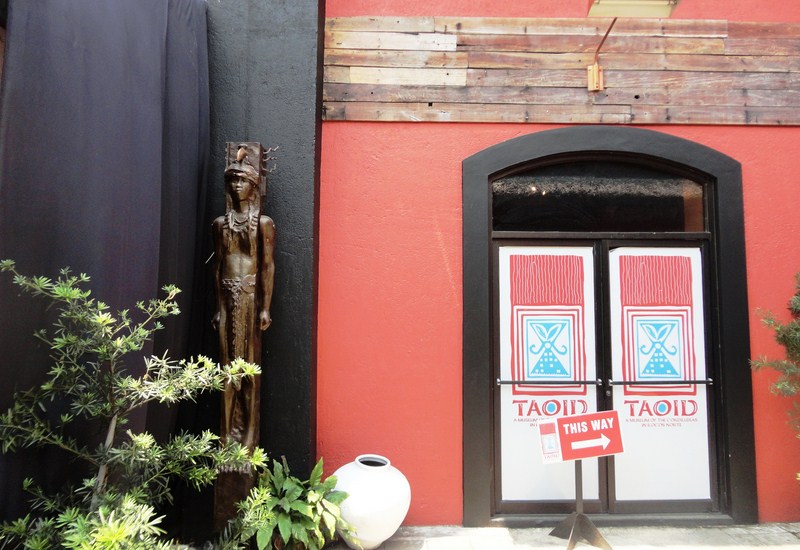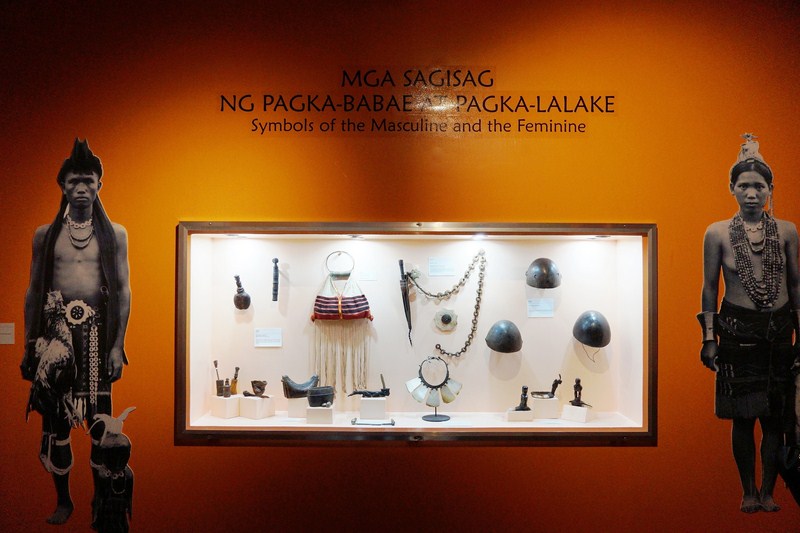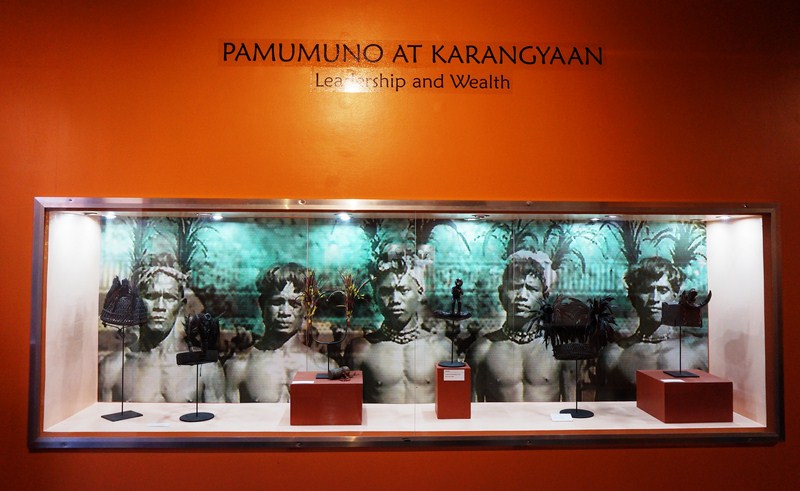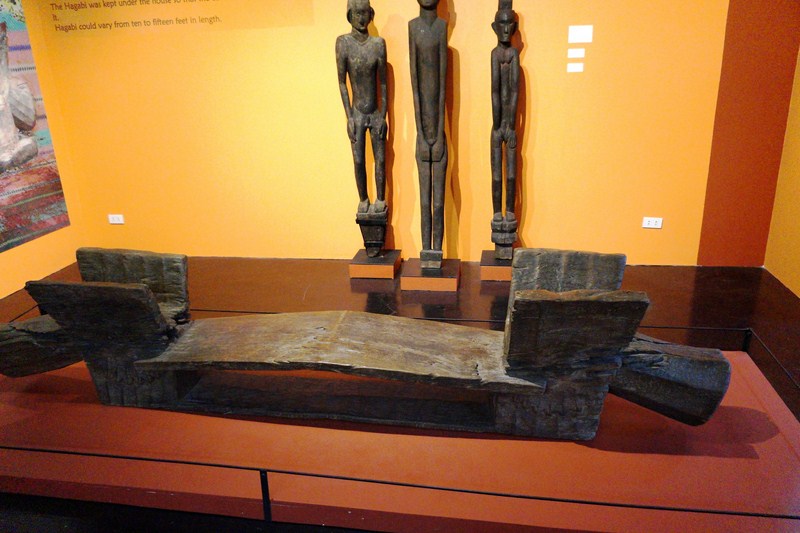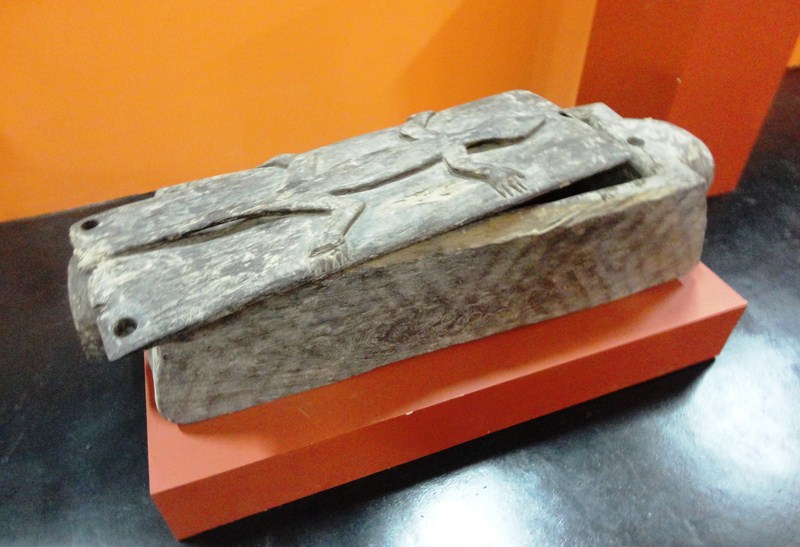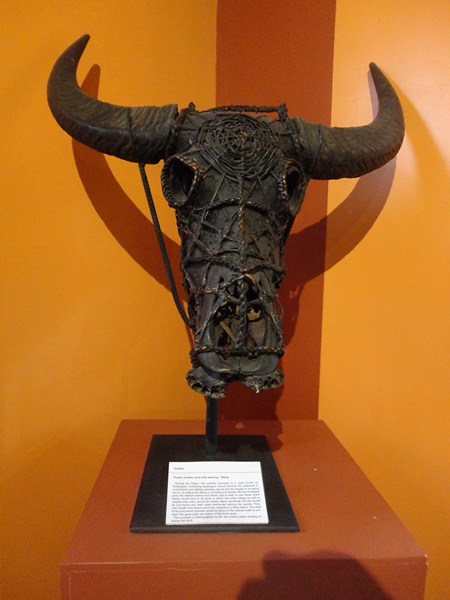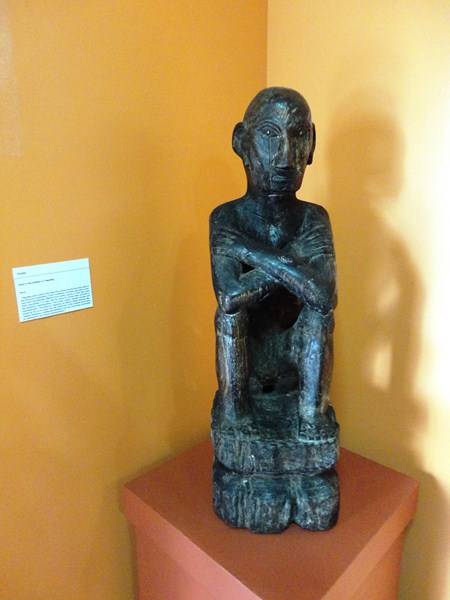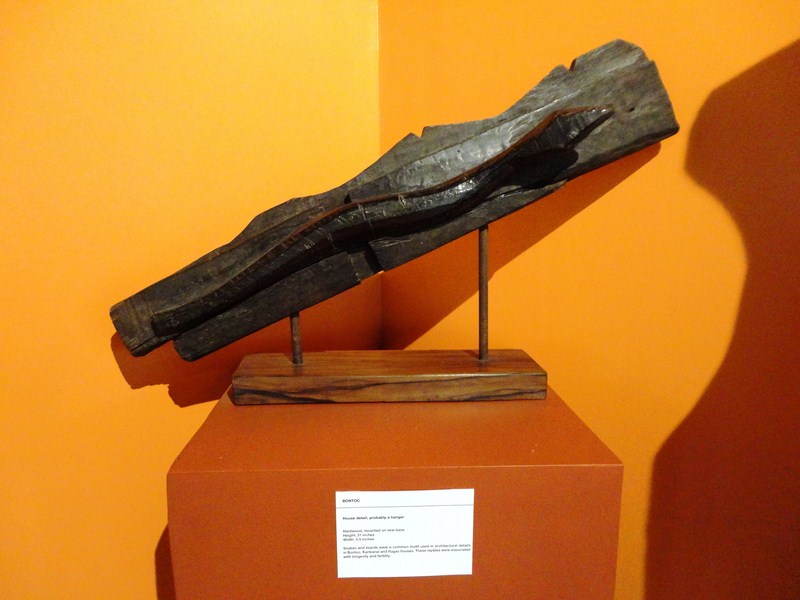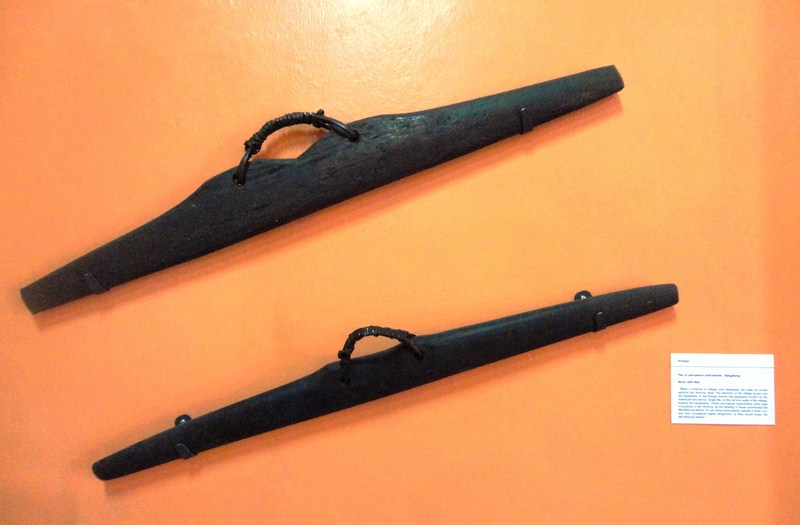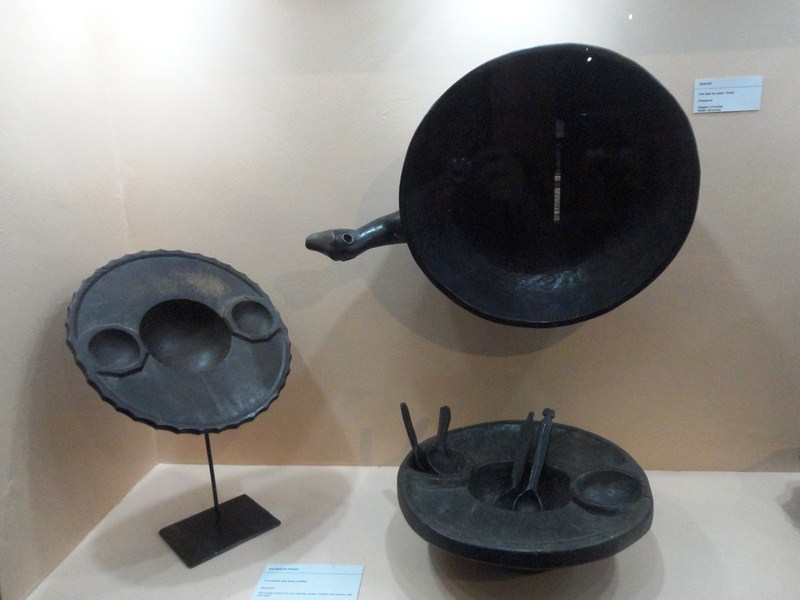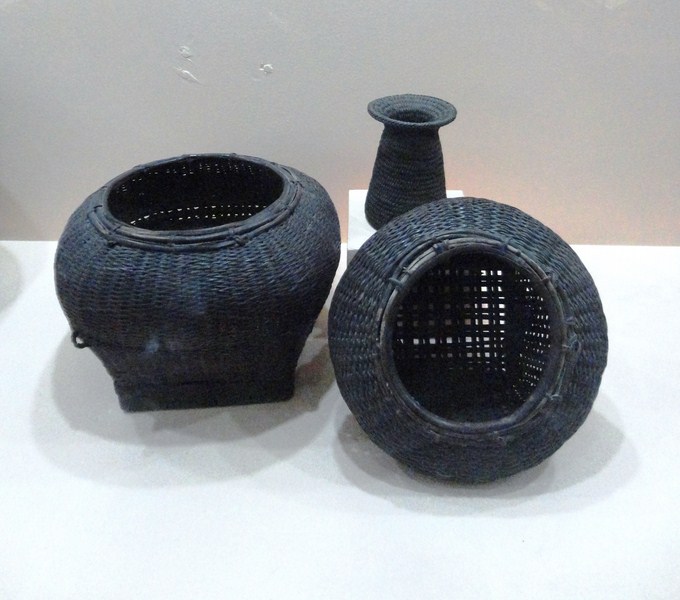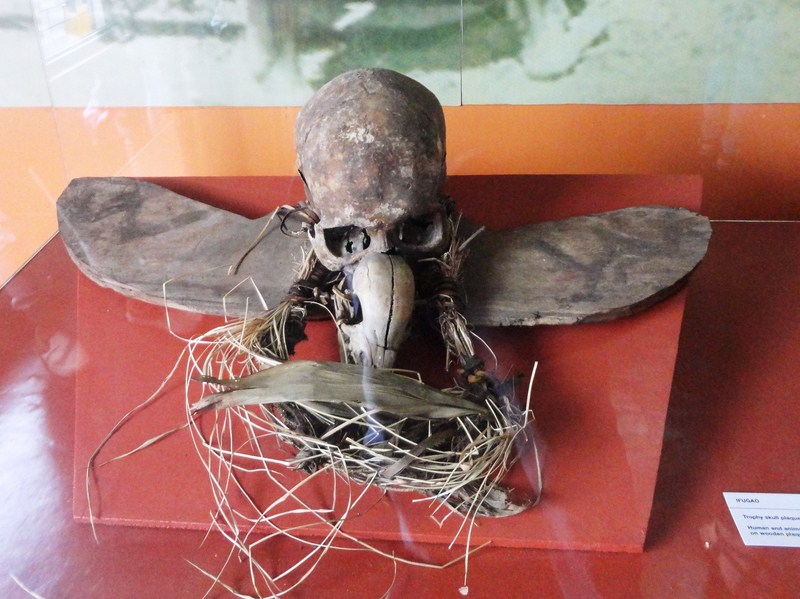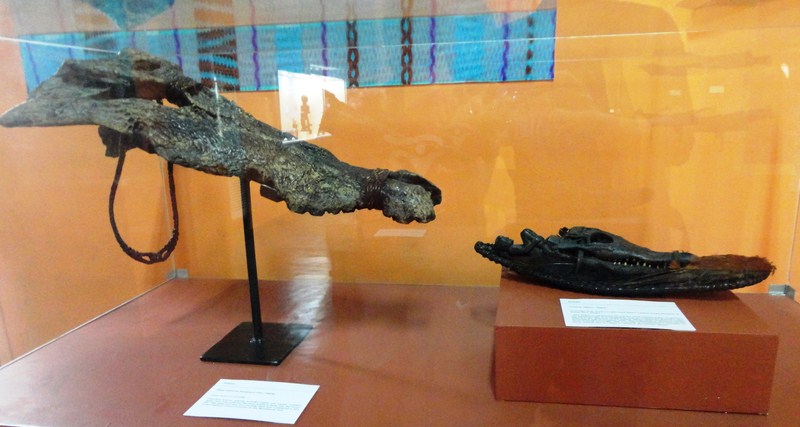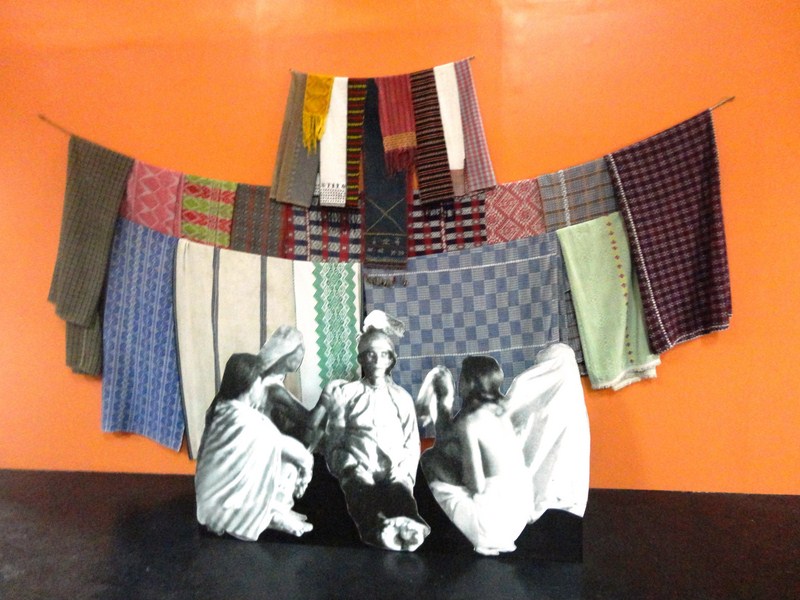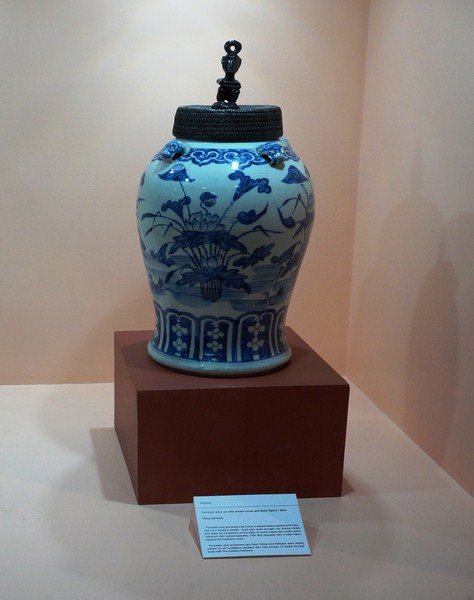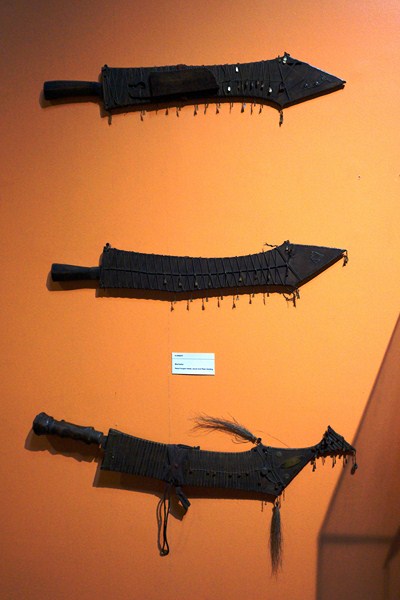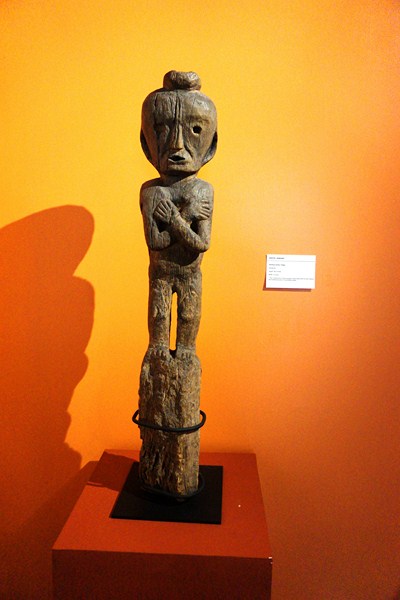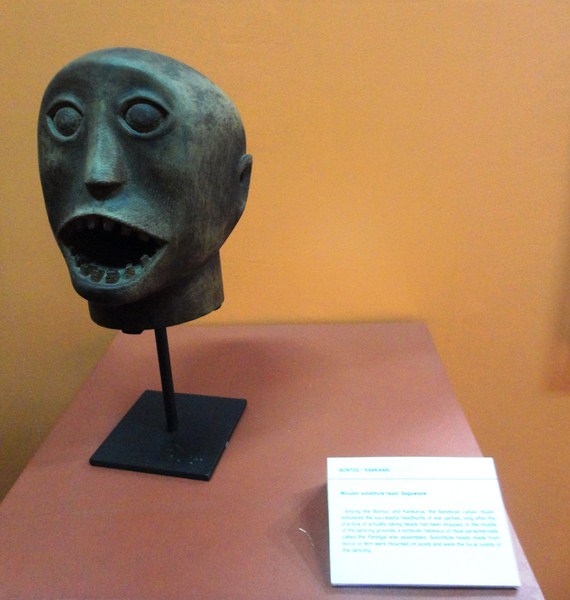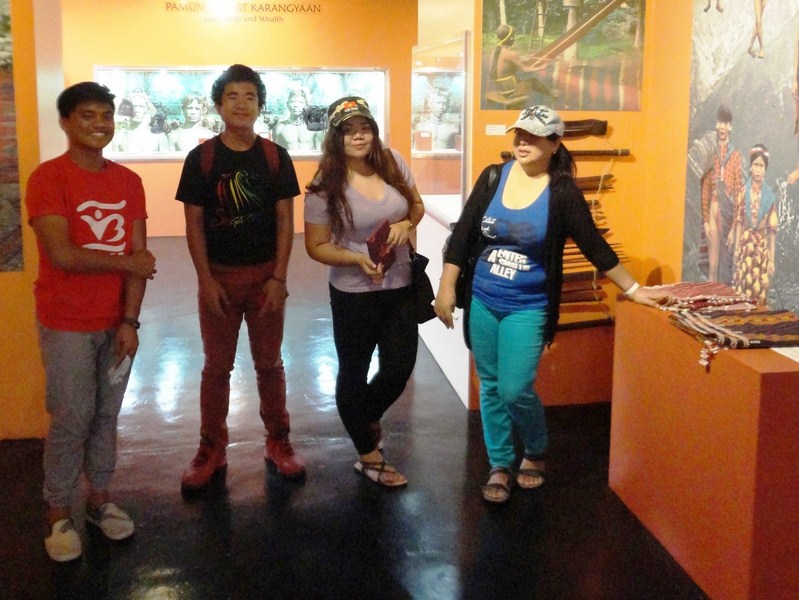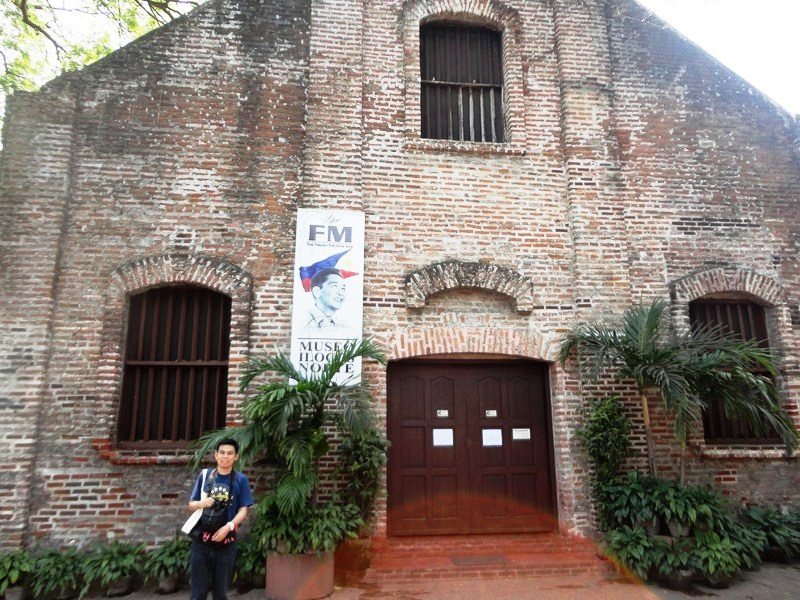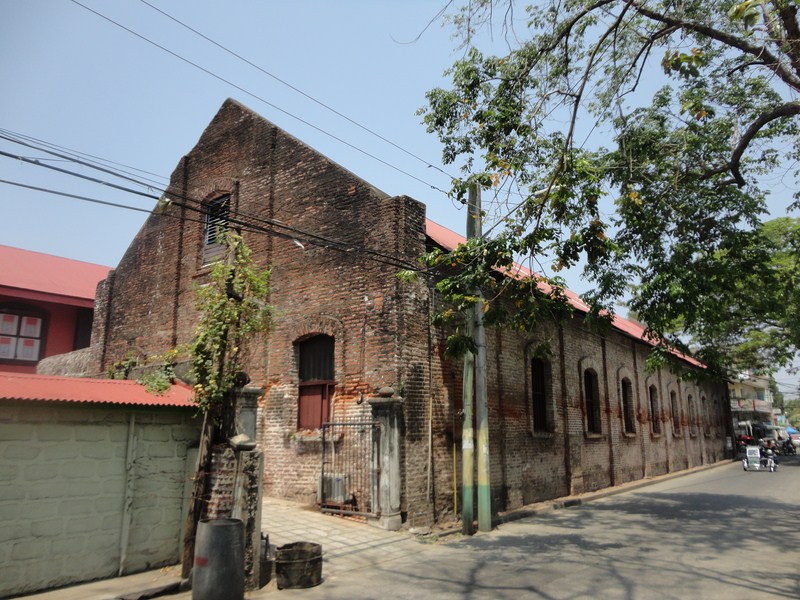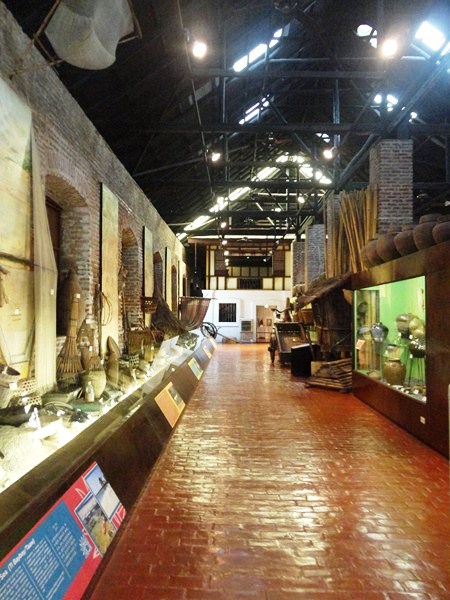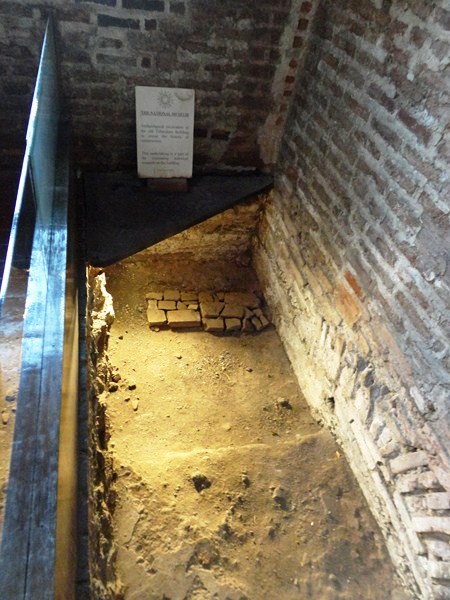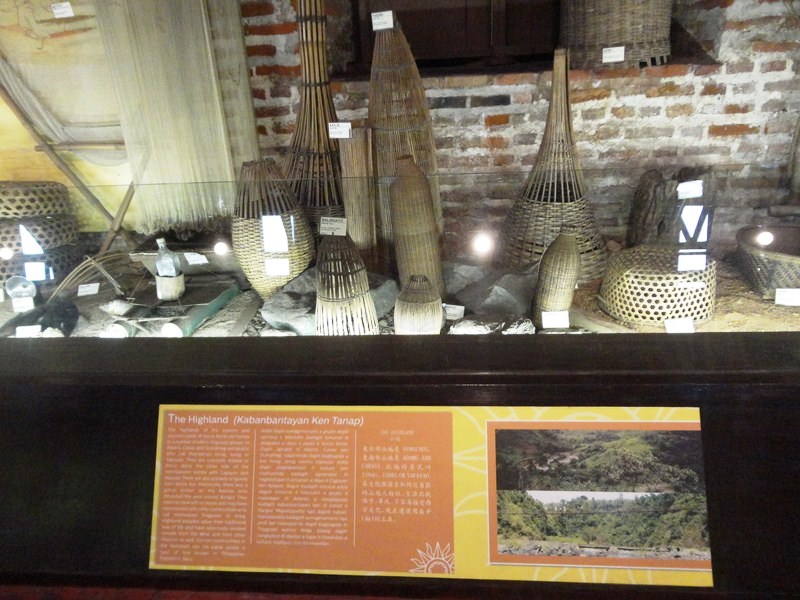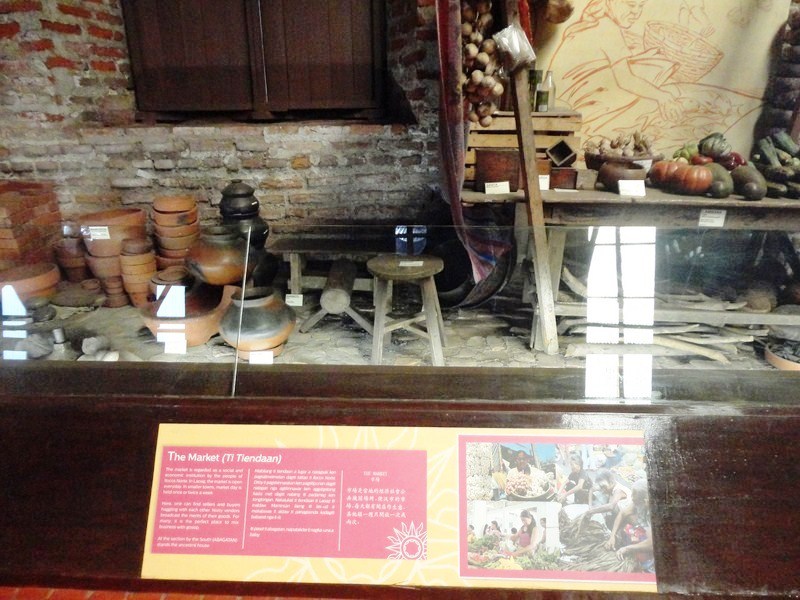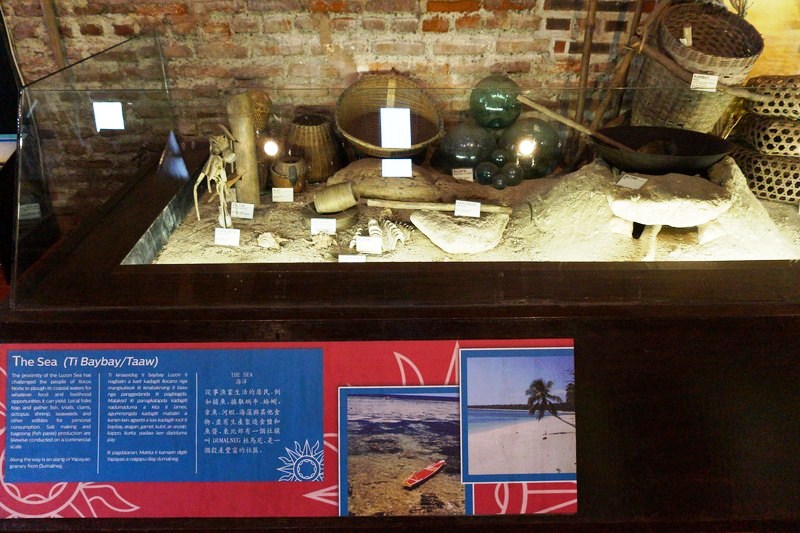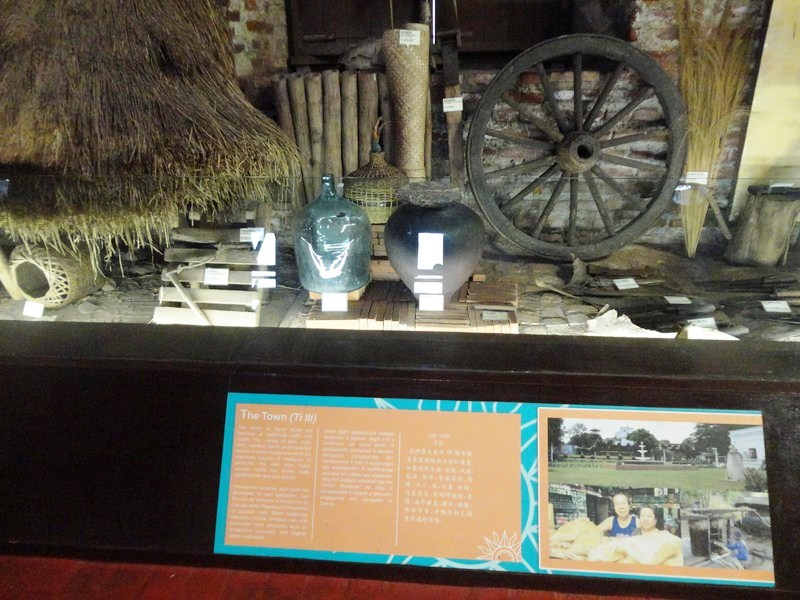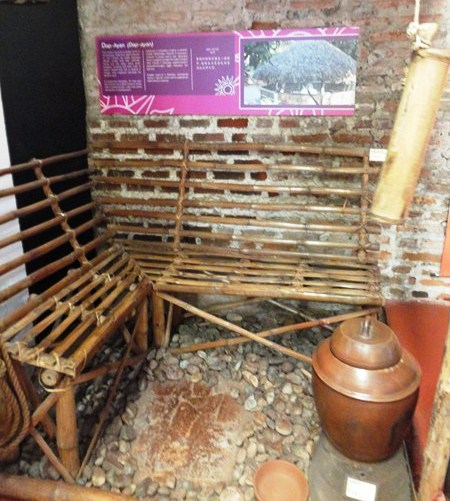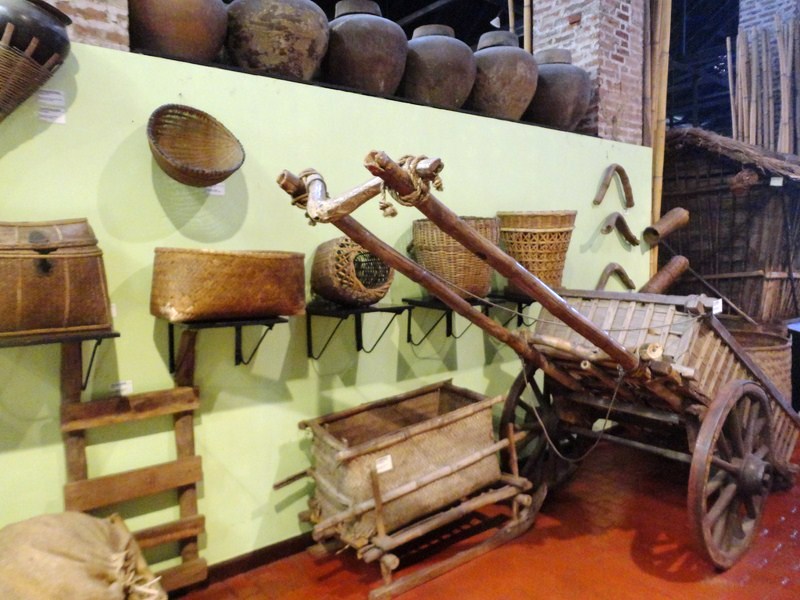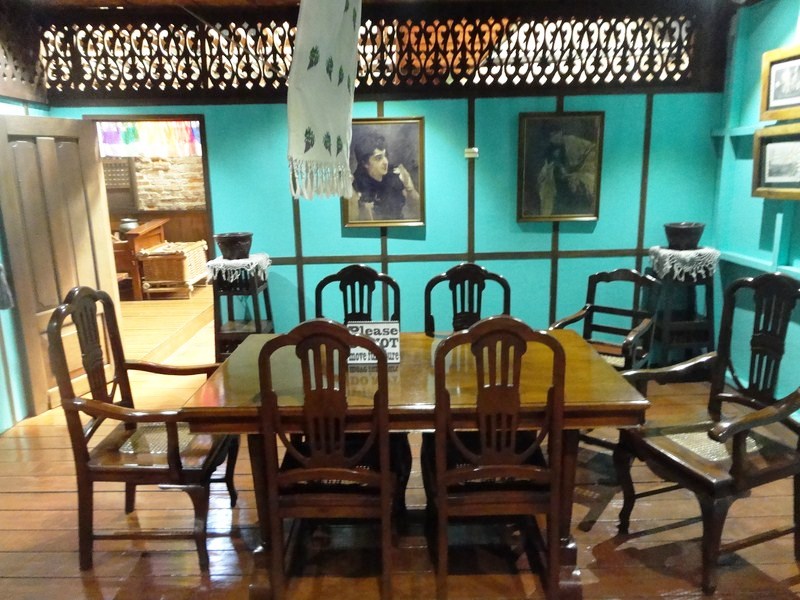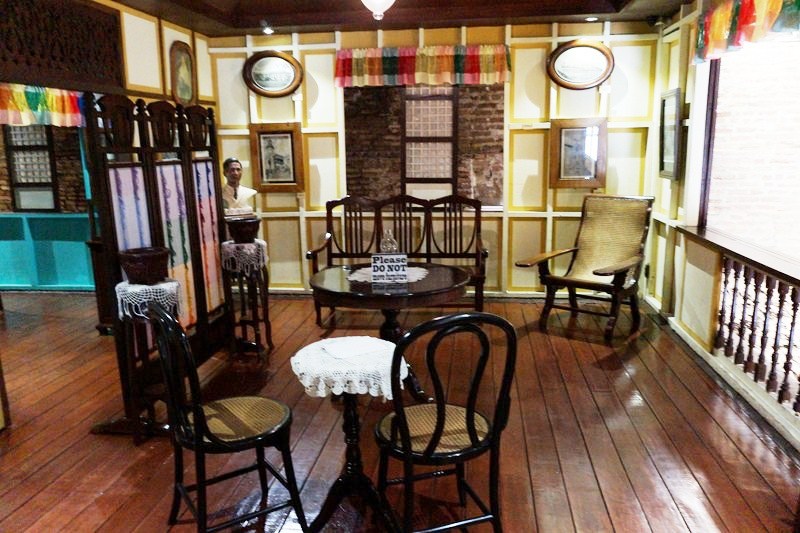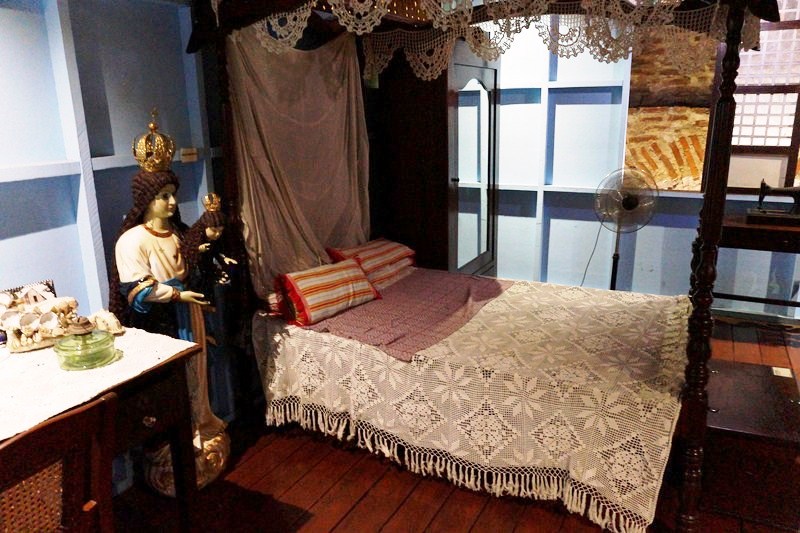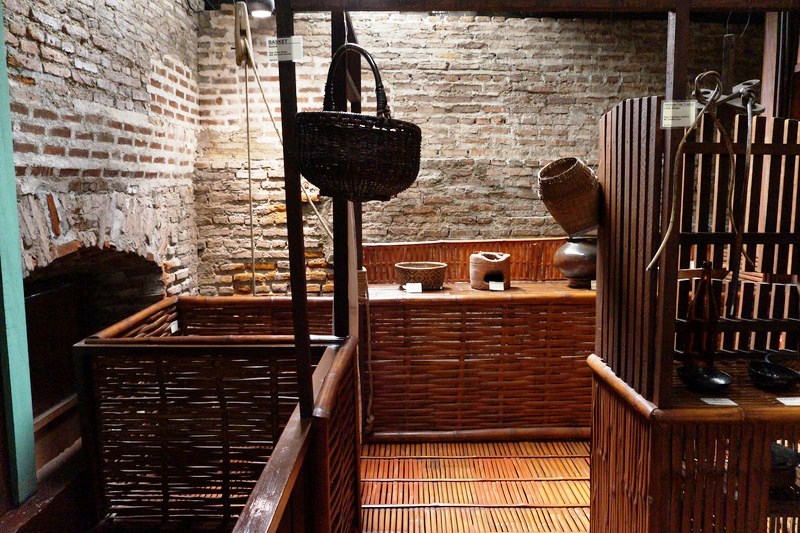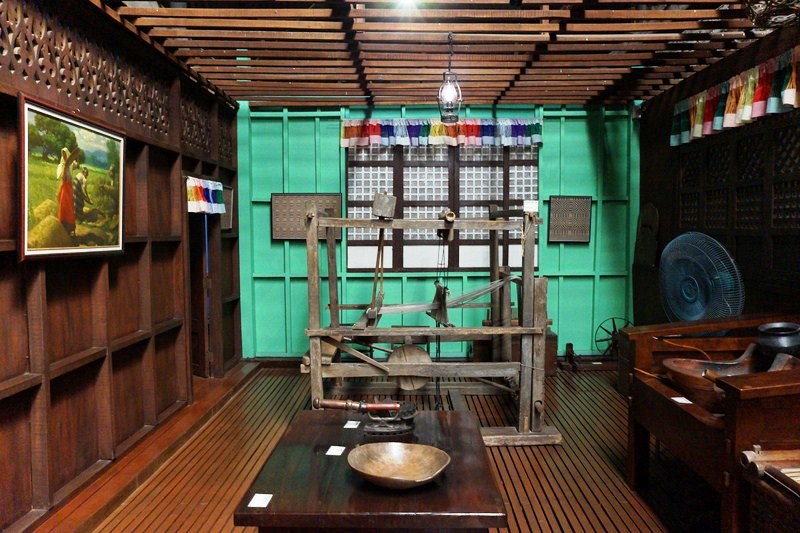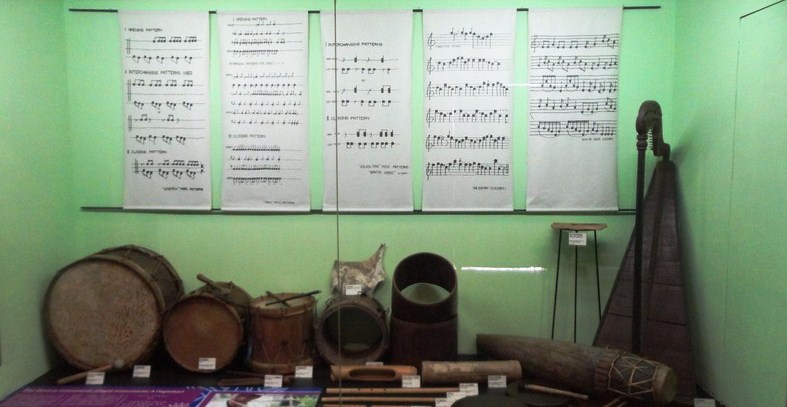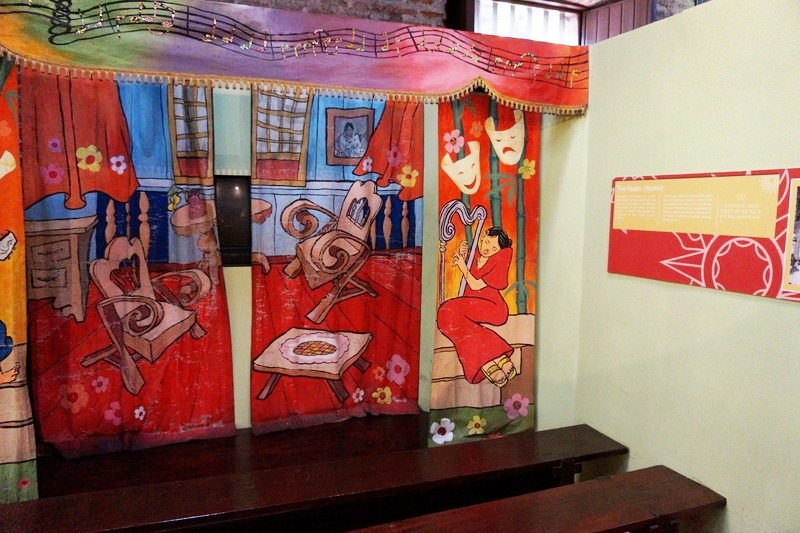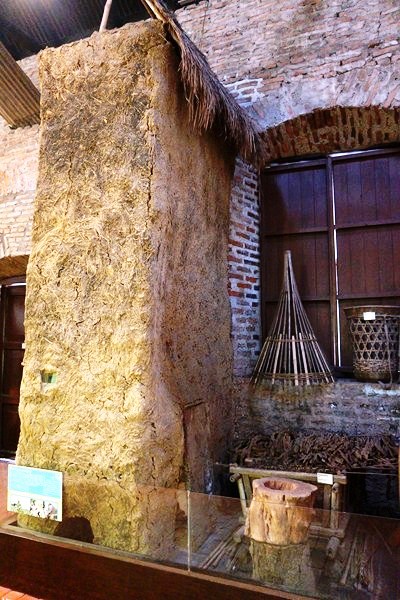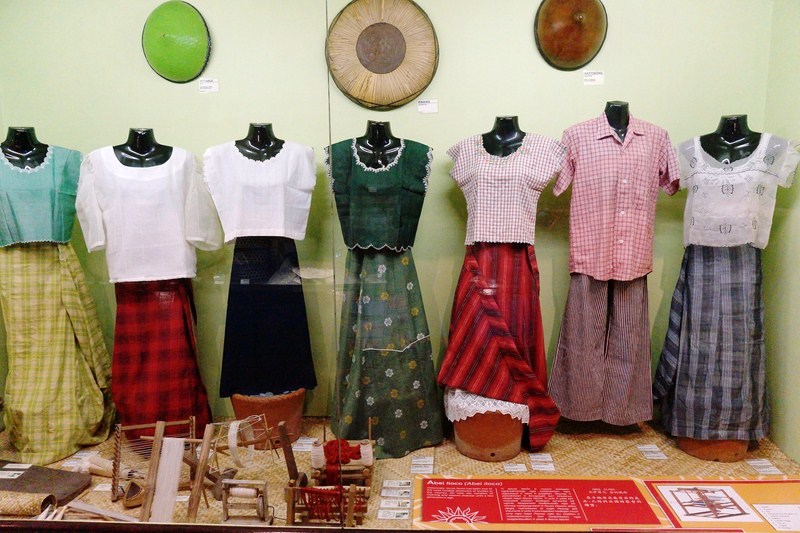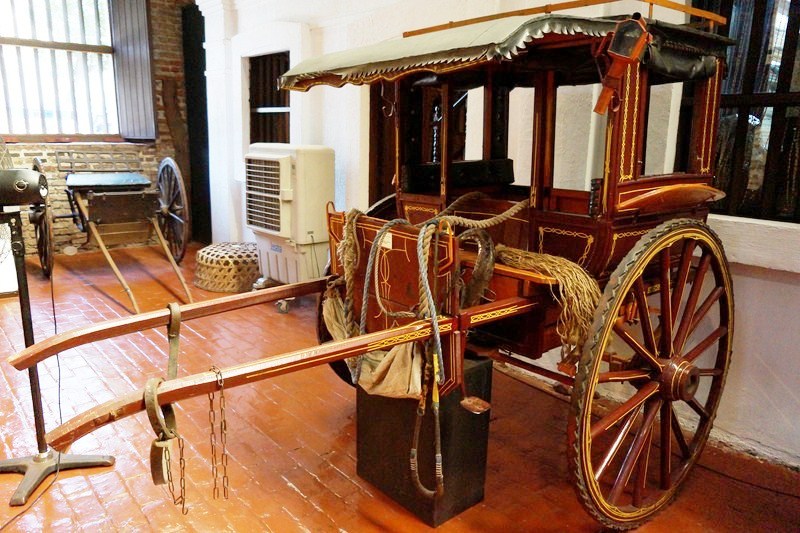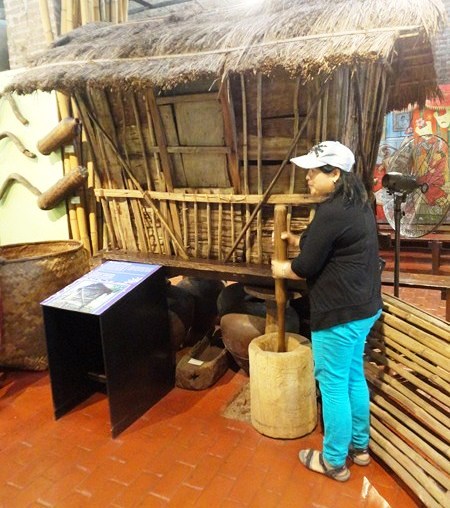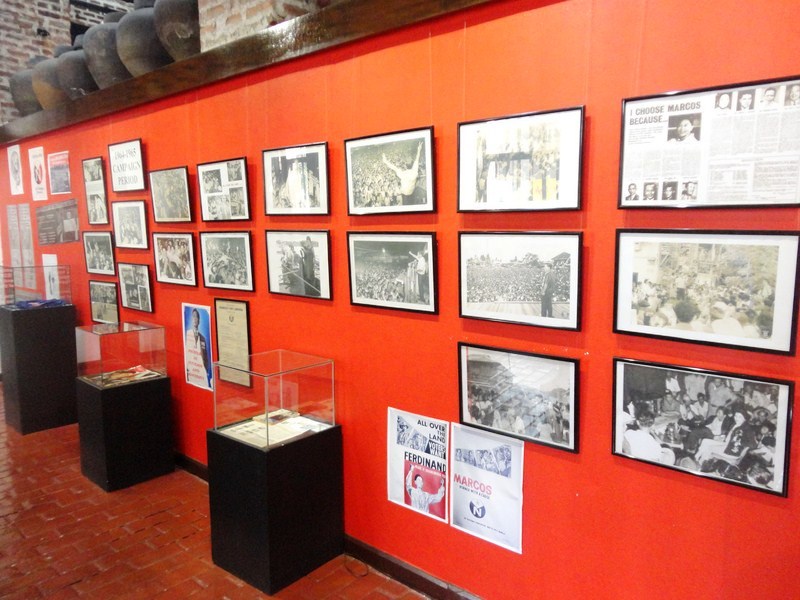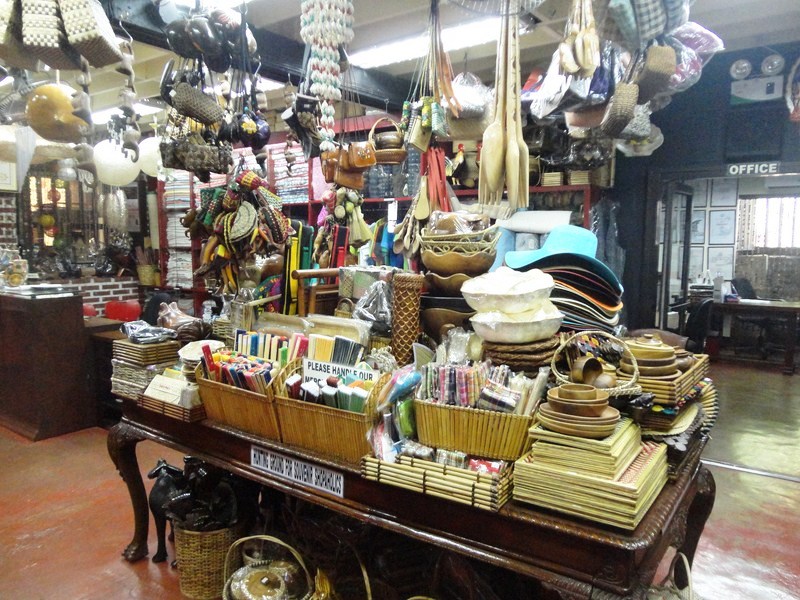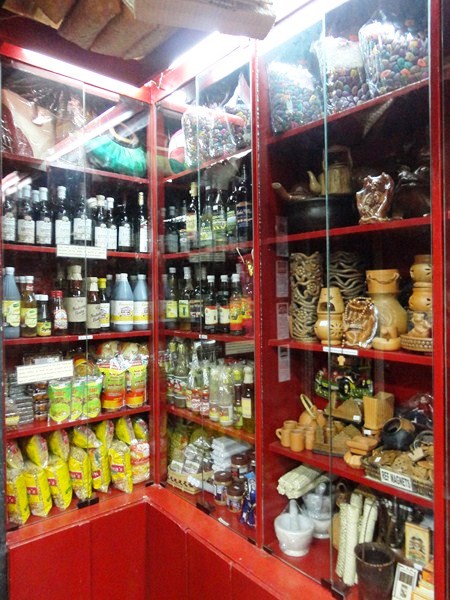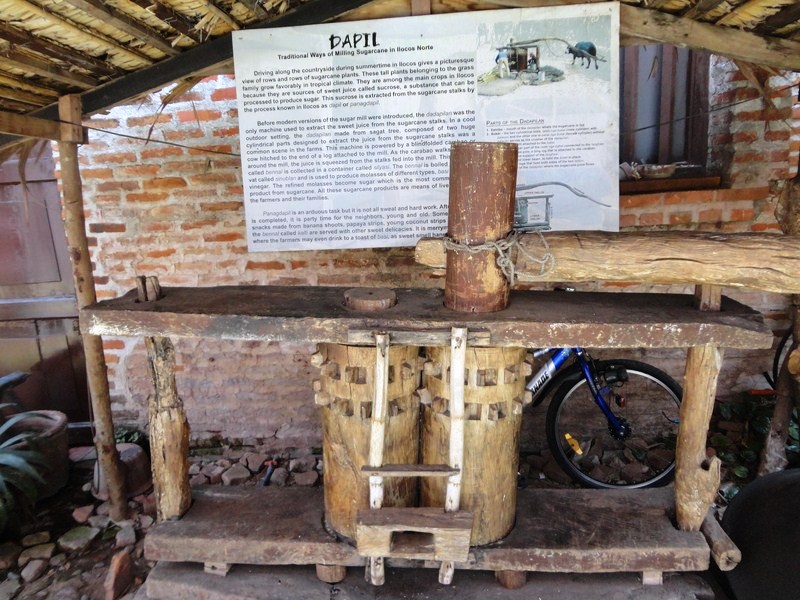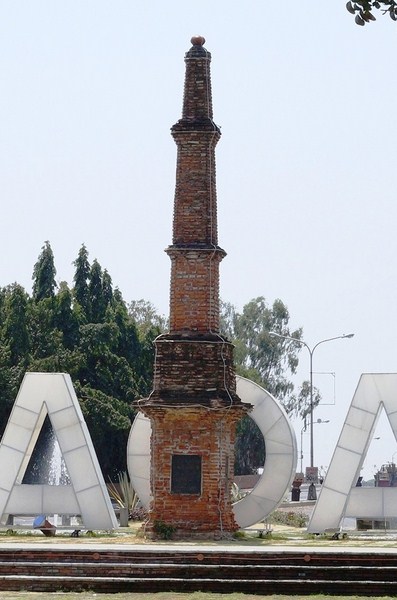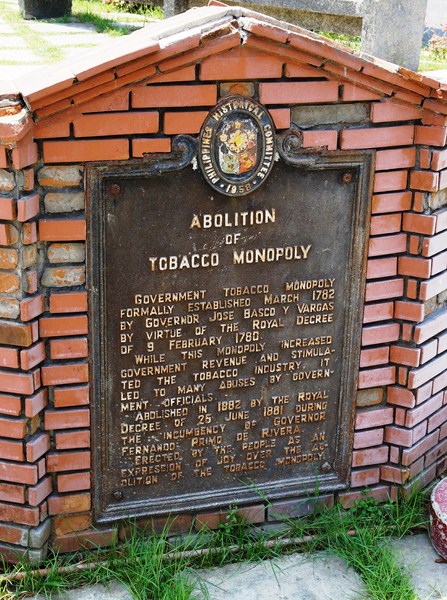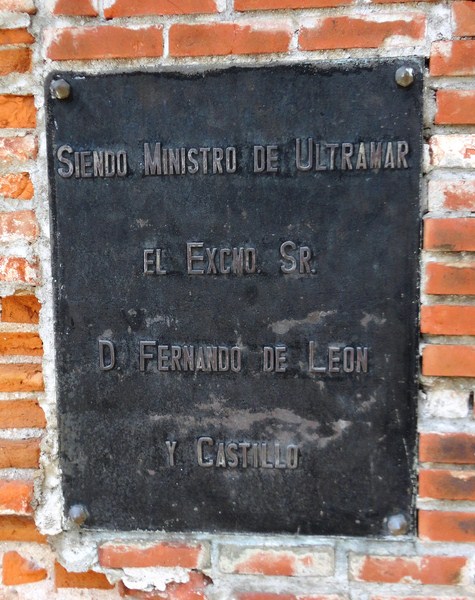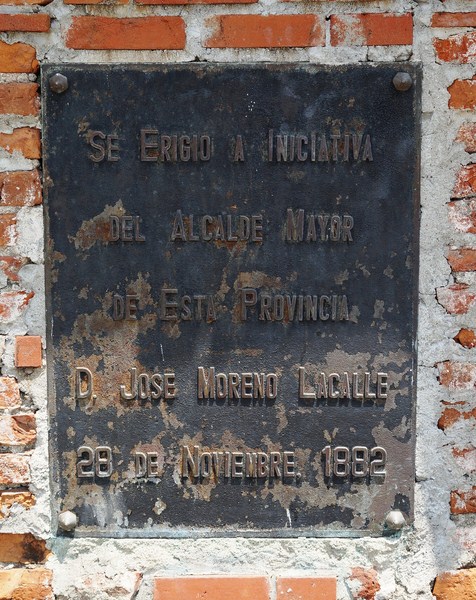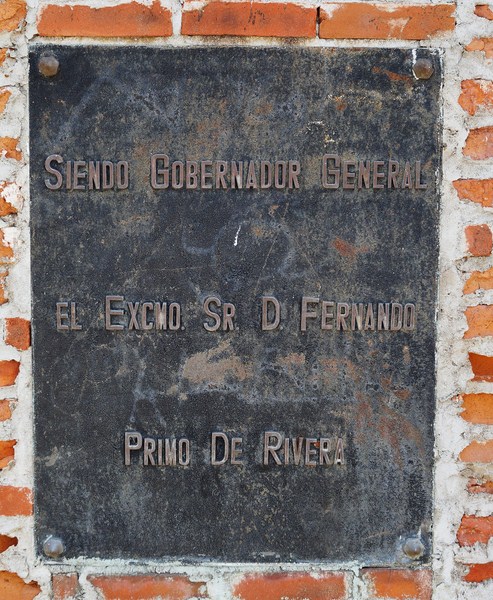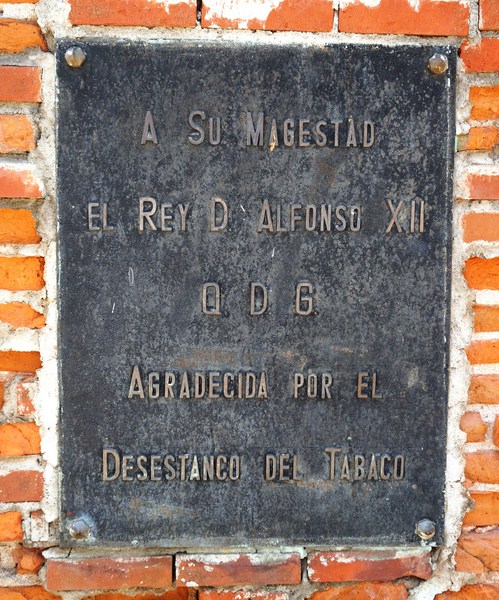It was our last day in Ilocos Sur and, as we still had a whole day for sightseeing prior to our evening departure for Manila, we decided to visit Baluarte Zoo, former Ilocos Sur Gov. Luis “Chavit” Singson’s home in Vigan City and one of the top tourist destinations in Ilocos Sur. Along the highway in Napo, Magsingal, we took a bus or the 13-km./25-min. ride to Vigan City proper.
From the city proper, we all boarded two tricycles for the 10-min. ride to Baluarte. As it was Holy Week, there was a traffic queue as we neared the entrance so we alighted, paid our fare, and walked the rest of the way. Prior to entering, we had lunch at an eatery just outside the zoo. Entrance to the zoo was free.
The approximately 80-hectare Baluarte Zoo, where Chavit’s numerous pets can be found, sits on a hill that provides an awesome panoramic view of Vigan City. This interactive free-roaming animal sanctuary is home to albino and spotted deer; miniature horses; impalas; one-humped camels; goats; zebras; ostriches; monkeys; llamas and buffalo plus a slew of bird species, from the common African love birds, ducks, swans, midget chickens and parrots to the more exotic hornbills.
For caged animals, they have some reptiles like snakes, iguanas, monitor lizards, pythons, crocodiles and then there’s Bengal tigers and birds such as eagles, owls and peacocks. Baluarte also features live daily animal shows (three times a day, 10 AM, 2 PM an 4 PM) and tell times when audiences are introduced to the animals.
There’s also a petting zoo, a butterfly garden inside the garden where one can observe and have a more serene interaction with thousands of butterflies, some endemic to the Philippines; a track or horse riding; a skeet shooting range and a chapel, among others.
The gold-clad building (called by locals as the “Golden Building”), topped with a burning bush sculpture up its roof, is Chavit’s personal multi-storey rest house which has a grand view of Vigan and the West Philippine Sea.
Within the grounds, we had a glimpse of Chavit’s personal and functional one-man mini-submarine with its iconic yellow color (one can easily hazard a guess on what its name is), said to have been used by Chavit to track treasures during his free time. Kids will definitely enjoy the Jurassic Park background because of those life-size concrete dinosaurs. There was also a safari tour, using a long-seater golf cart, with a minimal fee of Php20 per person.
To interact and get a close encounter with the animals you can, for a price, also ride some ostriches, horses and ponies and can touch or carry an anaconda (PhP20) and iguana (PhP20). For a closer encounter with parrots and hornbills, visitors may choose to openly approach and feed them with bananas and seeds in a more open area. Each animal has there own designated attendant. The place also has souvenir shops (T-shirts, key chains, ref magnets, etc.) and food outlet.
The climax of our visit to the place is the Safari Gallery perched on top of the hill. It houses a collection of deer heads (and other few animals) hanging on the wall; the collection of stuffed animals such as a lion, Bengal tiger, wildebeasts, bison, bear, buffalo, gazelles, elephant, sheep, and so many more killed in his safari adventures (paintings and photos of Chavit beside the dead animal are also posted).
Some are just skins of these wild animals. While I do not like the idea of killing these animals, it still looks awesome looking at them preserved and mounted. It is also well maintained with properly labeled items.
Melissa and Albert also tried out the Water Walking Ball (PhP50/pax/15 mins.), a large inflatable sphere that allows a person inside it to walk across the surface of a pool of water. Before leaving, Almira and Jandy tried out the tiburin ride, a rickshaw driven by a miniature horse. It allowed them a close-up view of the free roaming animals.
From Friday to Sunday, 6 – 9 PM (last entry 8:30 PM) there is a Night Zoo. Admission: (Discovery Trail): PhP50 for adults, PhP20 for children and PhP40 for senior citizens and persons with disability. Tram on Tour: PhP100 for adults, PhP40 for children and PhP80 for senior citizens and persons with disability. On weekends, from 7 – 8:30 PM, there’s a Sala ti Darang (The Art of Fire Dancing) show.
Baluarte Zoo: Brgy. Salindeg, Vigan City, Ilocos Sur. Tel: (077) 722-7186. Open daily, 8 AM – 5 PM (last entry 4:30 PM).

